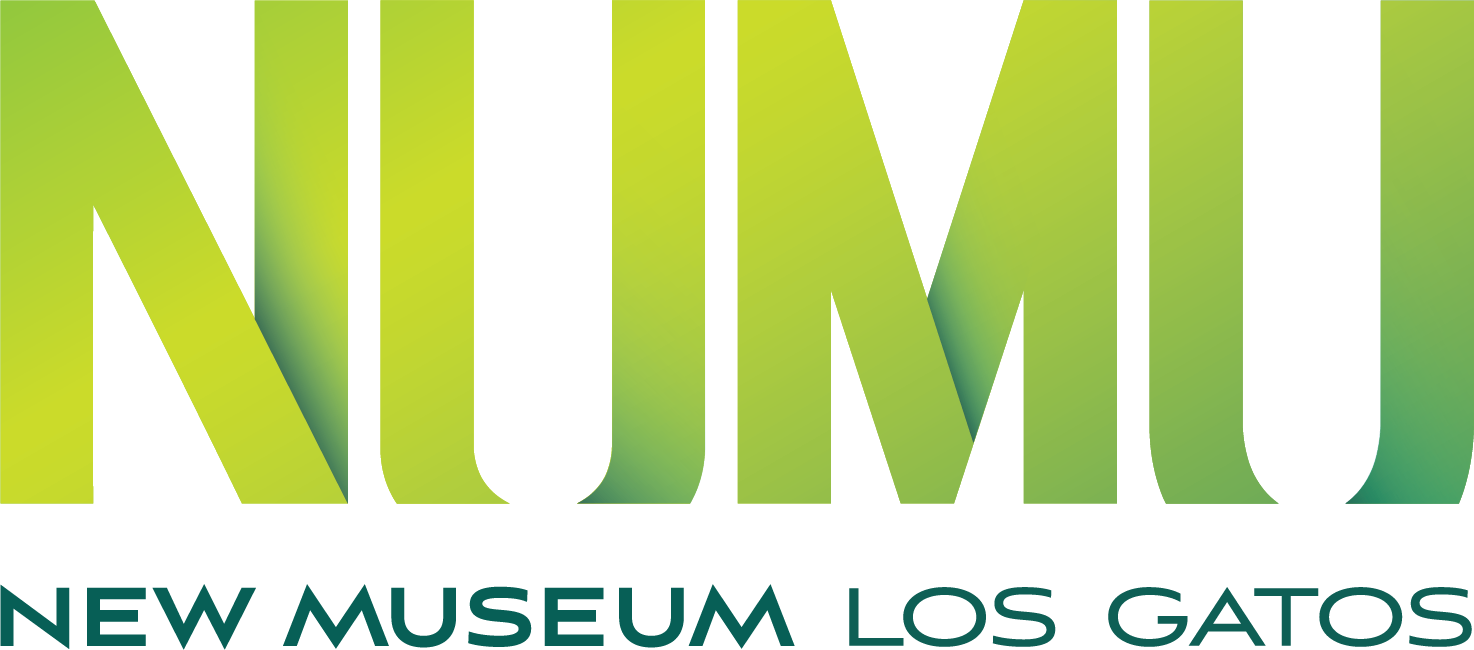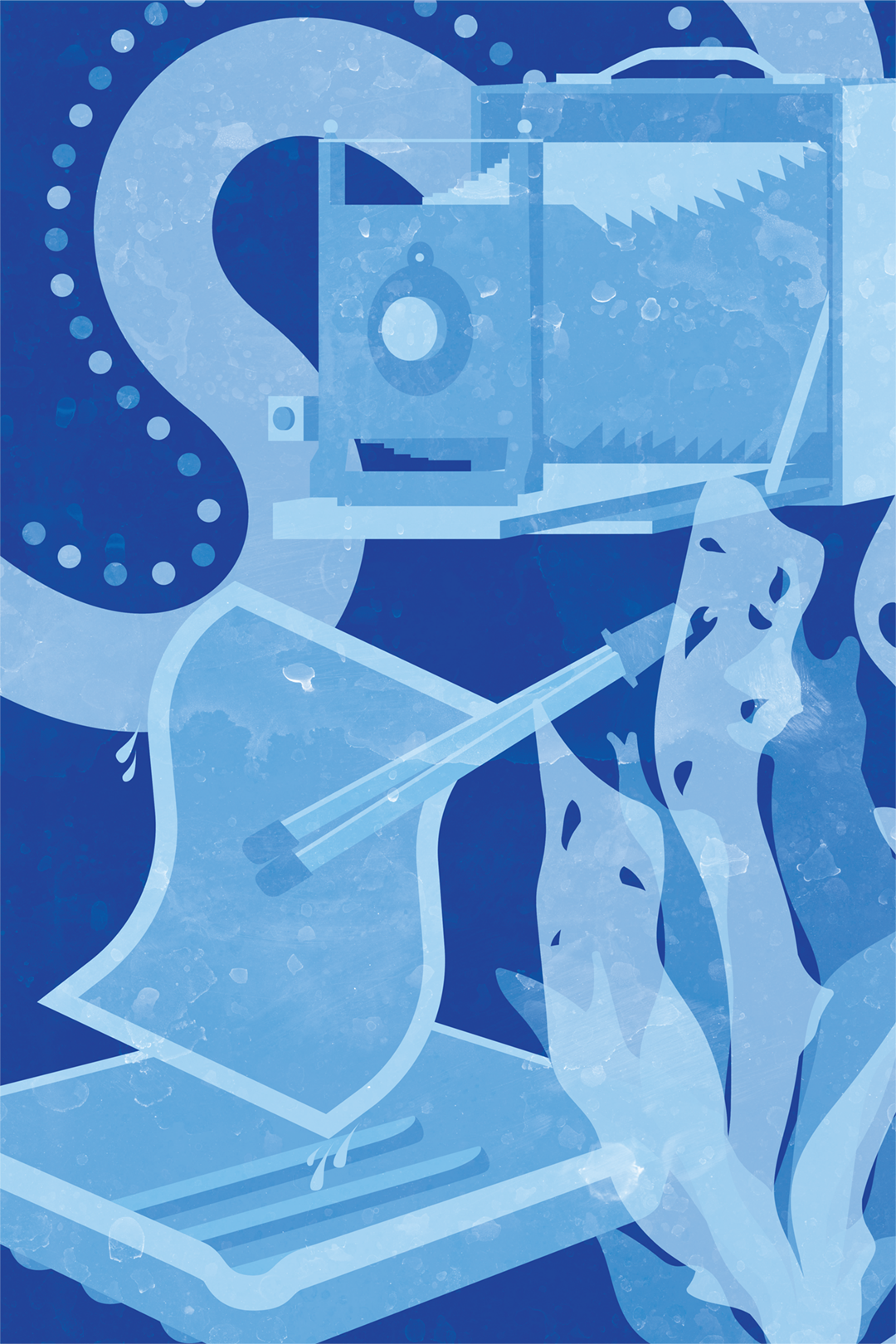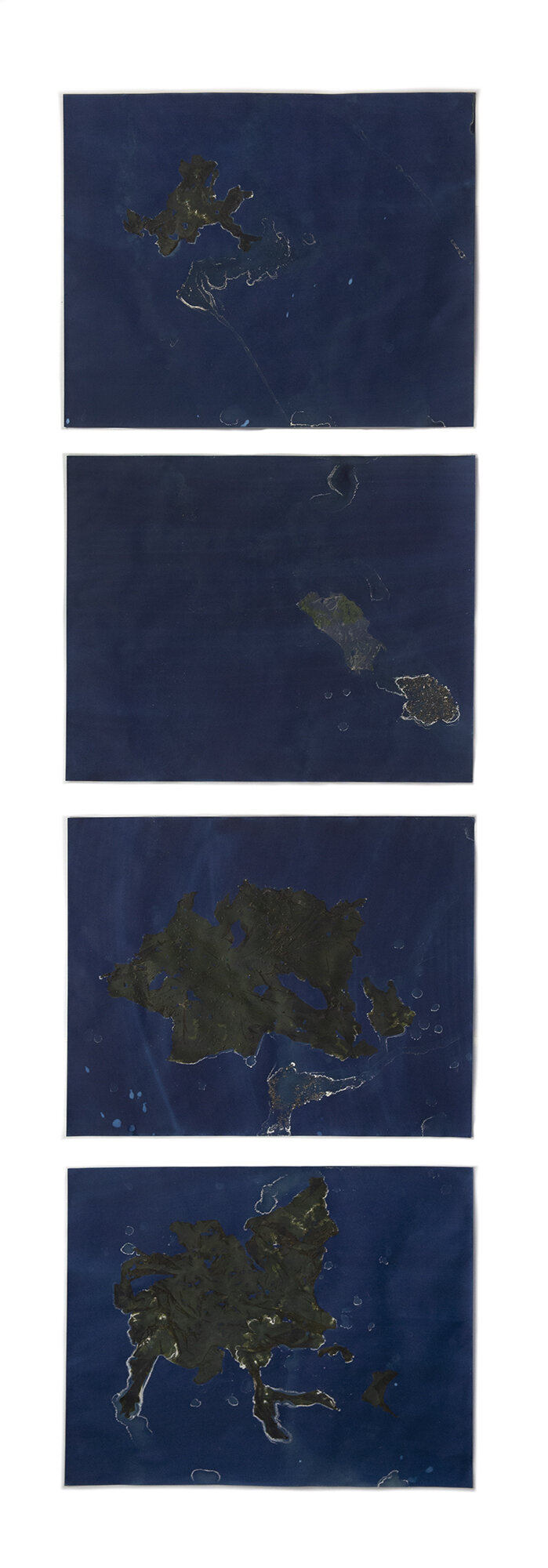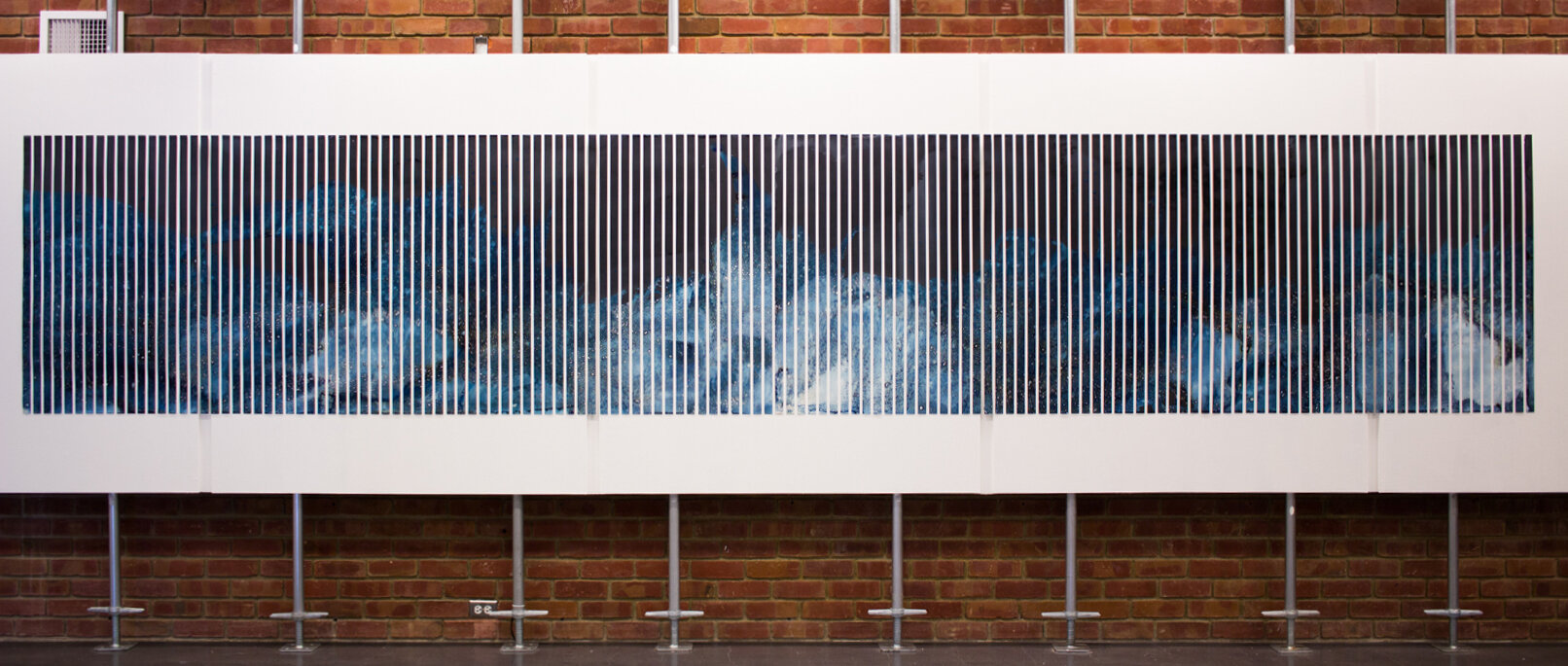Image + Object is guest curated by Art Historian, Allison Railo. On view at New Museum Los Gatos July 10 - November 29, 2020.
Exploring Alternative Process Photography
In modern culture, we are compelled to photographically record moments, experiences and loved ones with such frequency that we often lose the sense of wonder that traditional, chemical photography once produced. We must appreciate then, the labor and intention of today’s alternative process photographers who recapture that sense of wonder through their innovative and boundary-stretching photographic art. This exhibition explores alternative process photography through the unique works of four Bay Area contemporary artists, each of whom challenges our notions of photography as reflection, separation and reproduction.
Chris McCaw, Moira McDonald, Klea McKenna and Meghann Riepenhoff each inventively employ analog processes — with and without cameras — that embrace early photographic history while furthering our understanding of the medium. They create compelling, unique and un-reproducible photographs that are receptacles of time, place, experience and matter. Their works make a tangible connection to the world by enmeshing the subject within the photographic object, incorporating physical interaction, matter and texture directly within the light-sensitive materials. Each of these artists present us with unique artworks that depend upon physical interaction as much as what appears in the image. We invite you to consider not only the beauty of these pieces, but the conditions and intentions that brought them into existence.
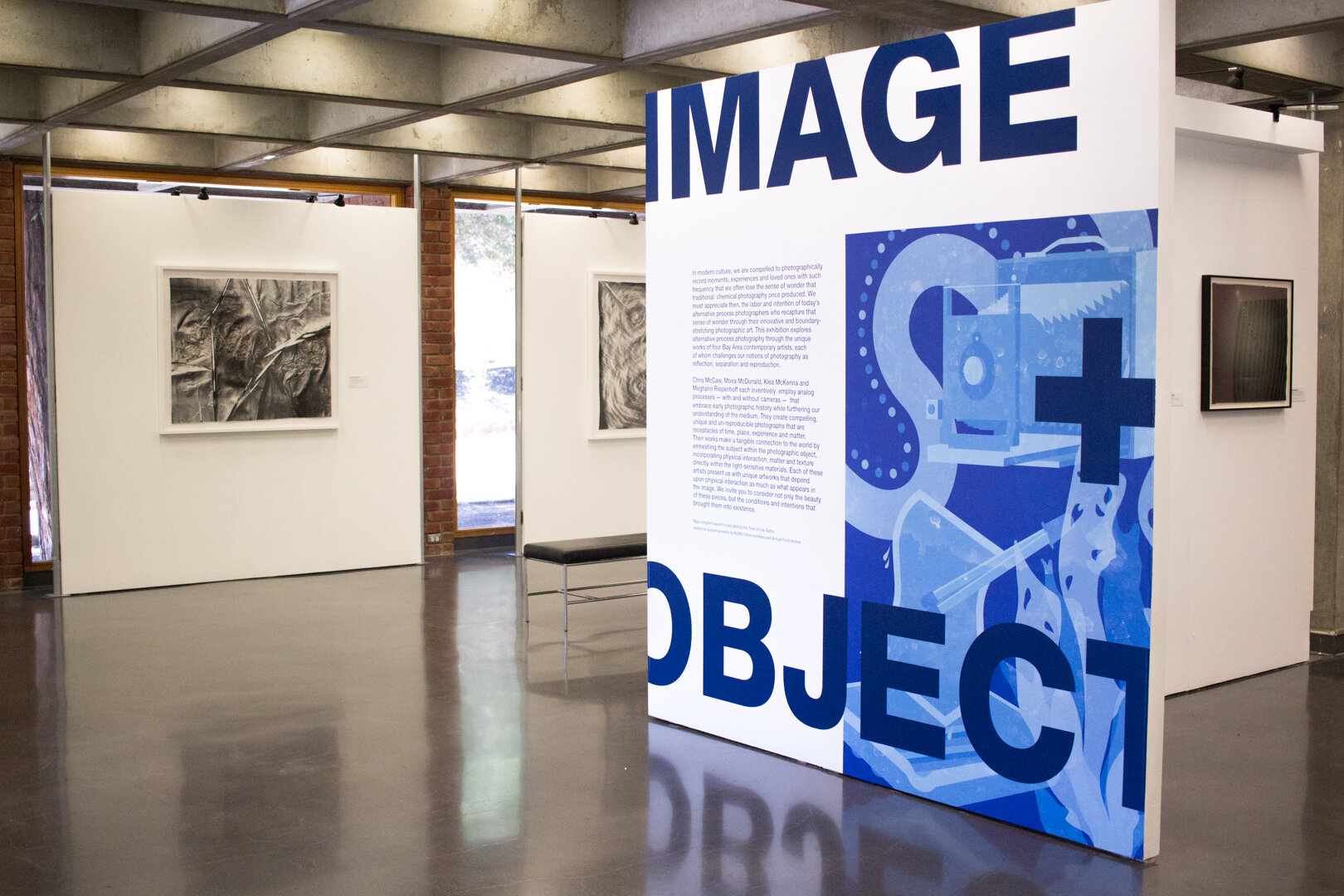
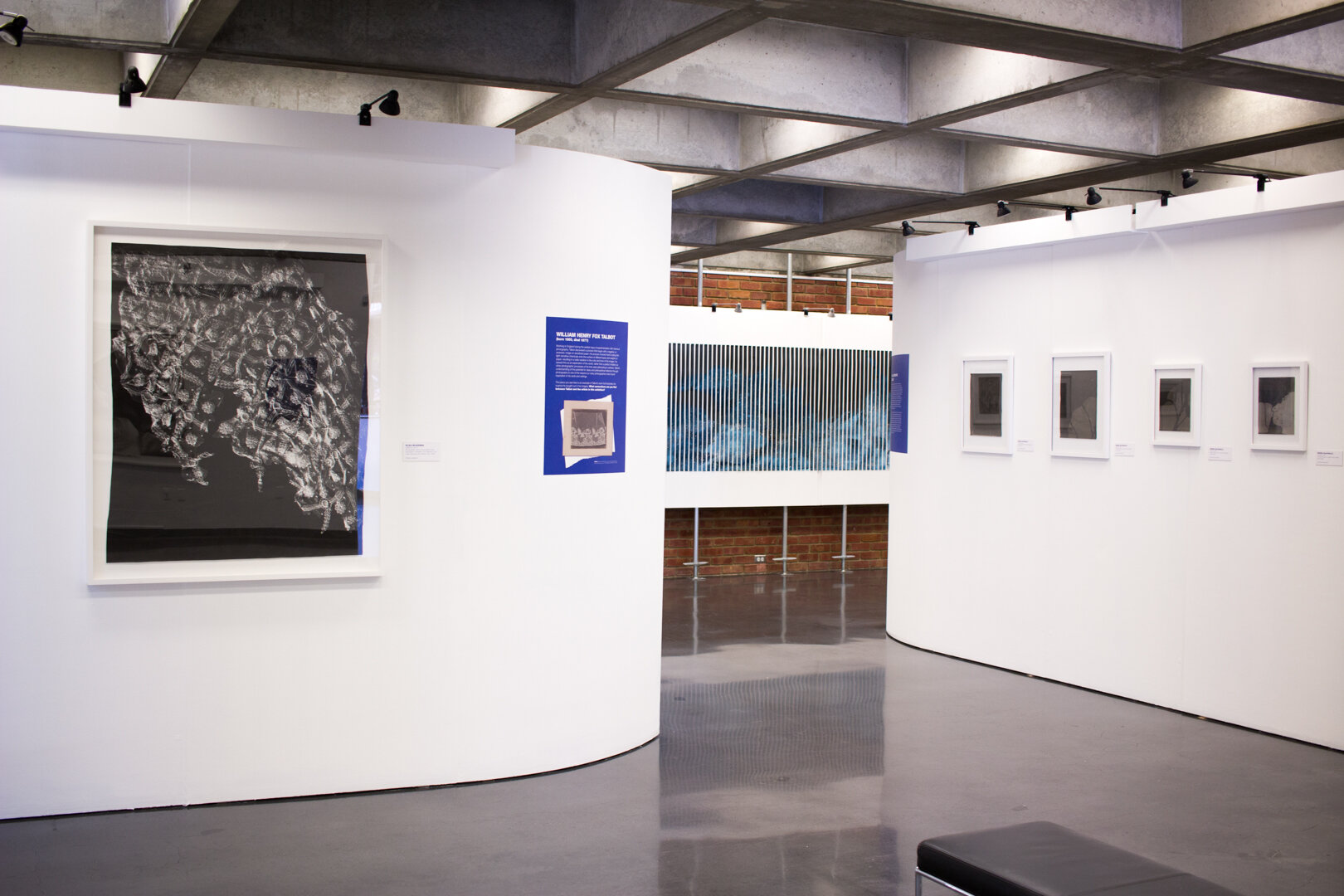
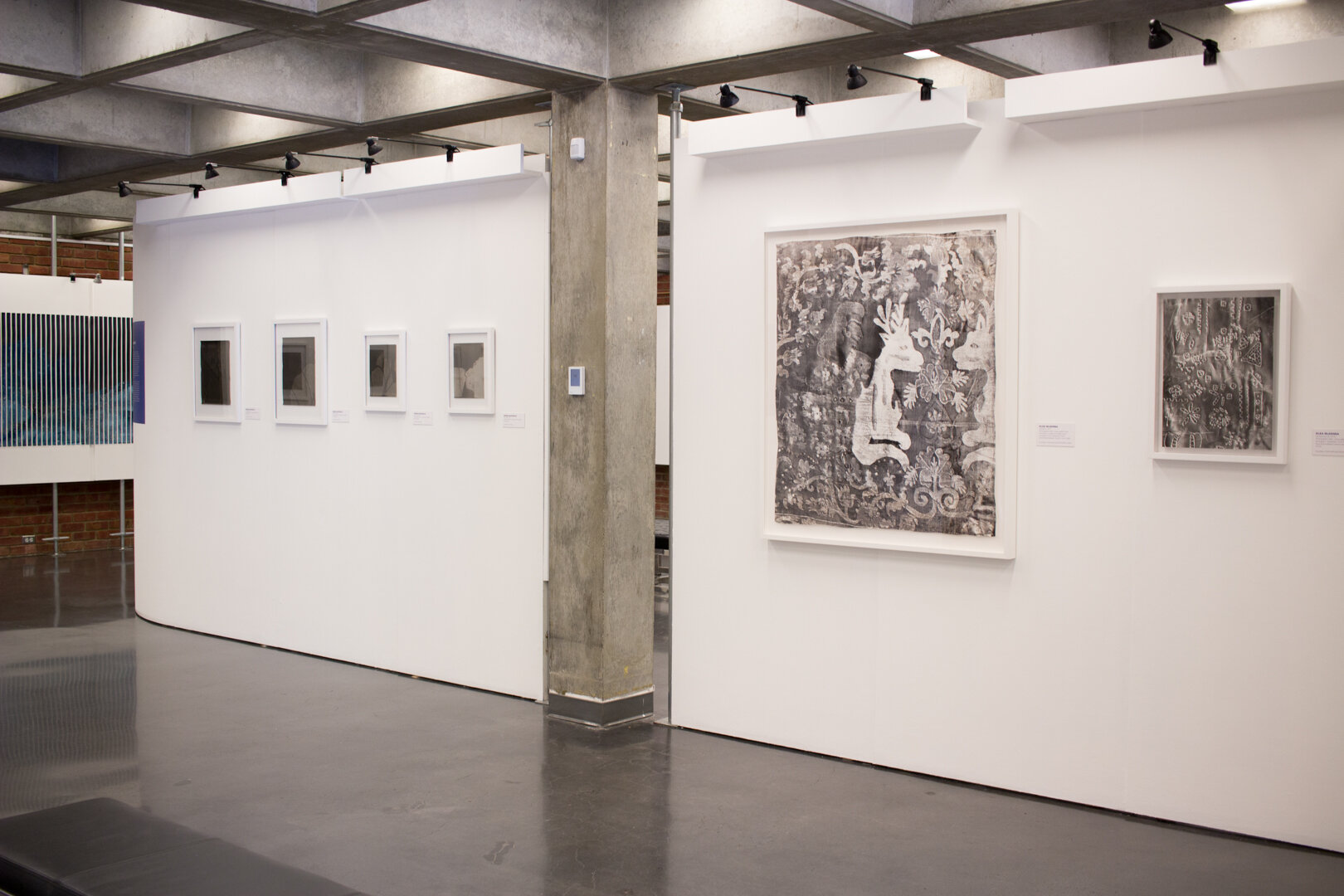

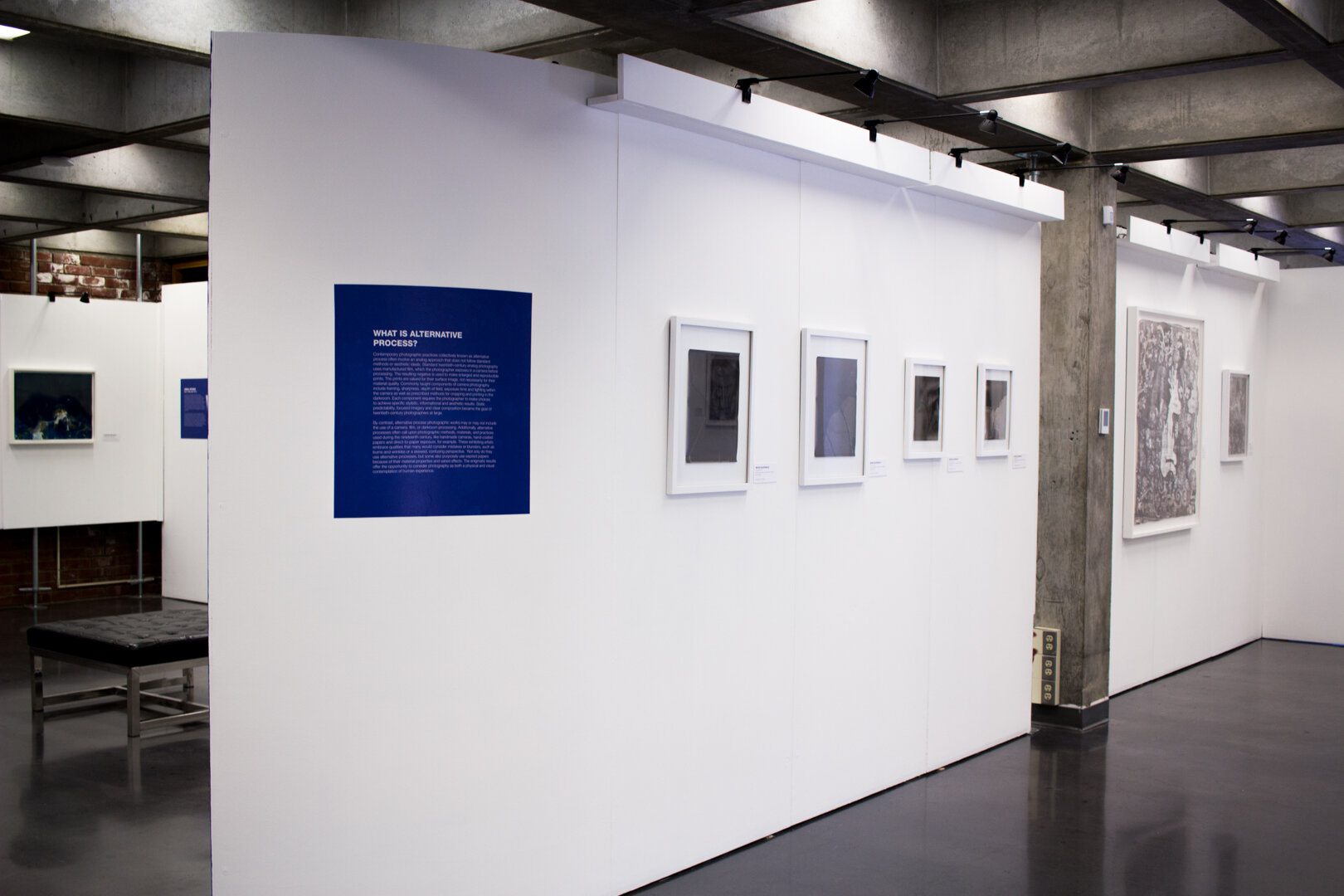

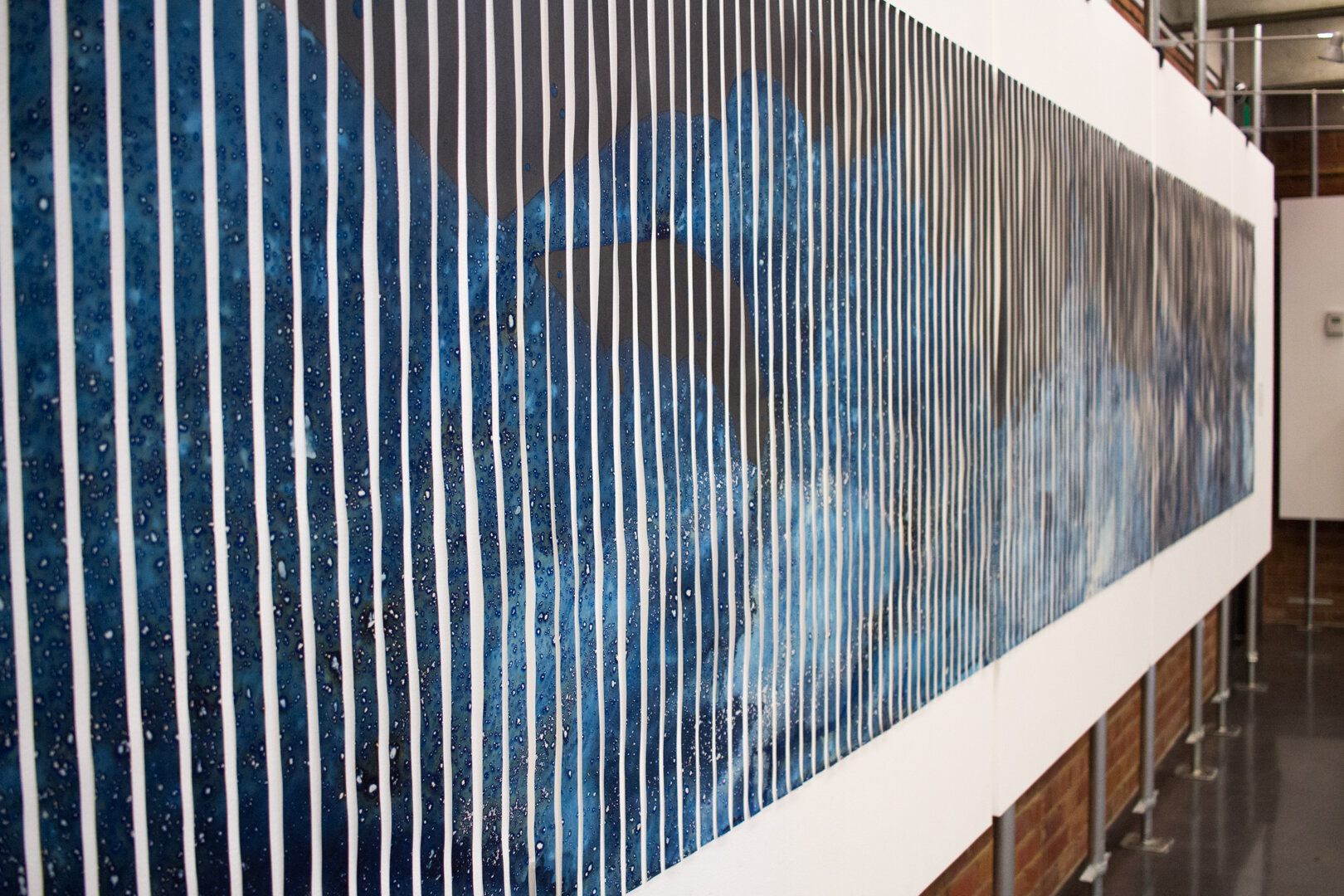
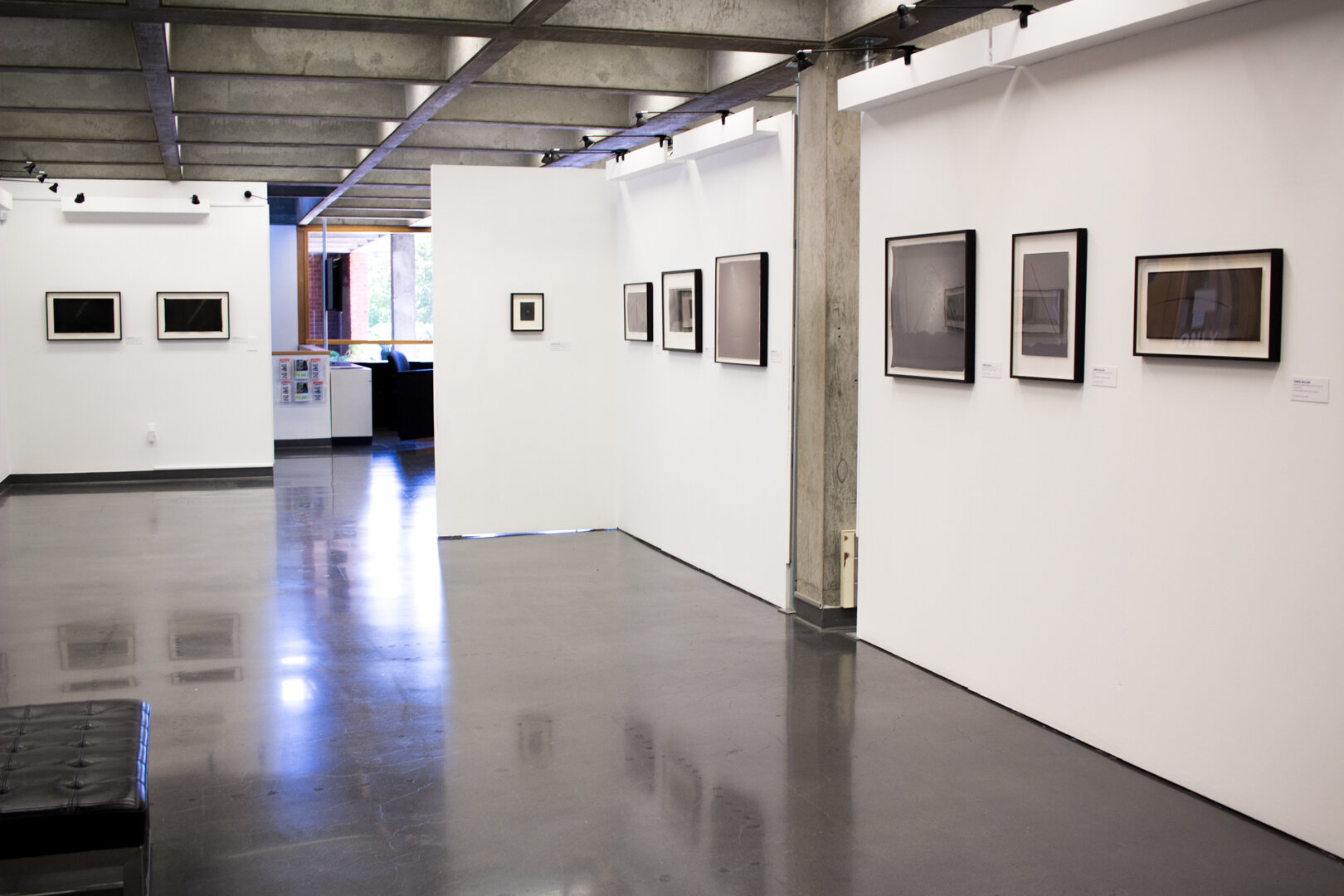
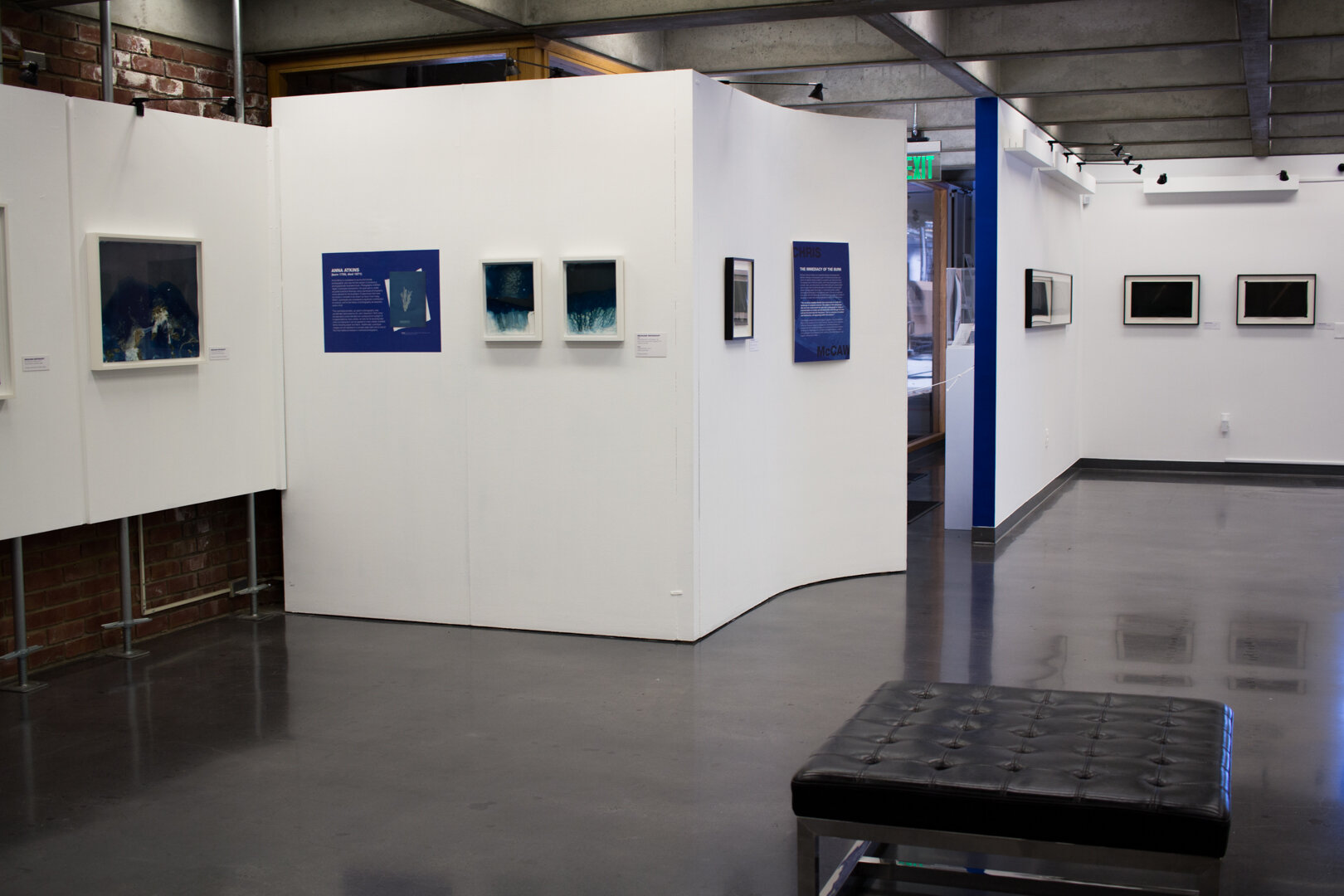
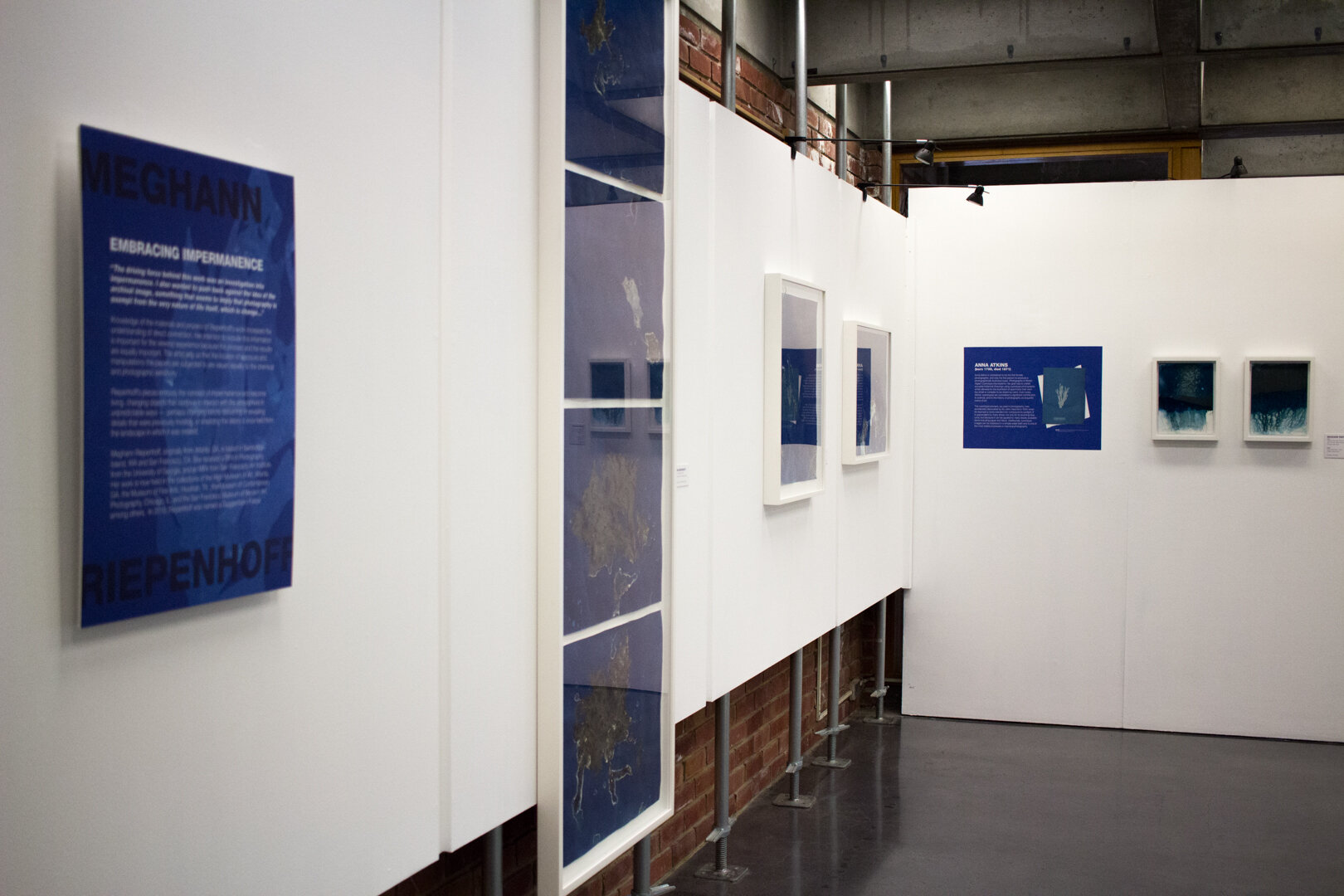
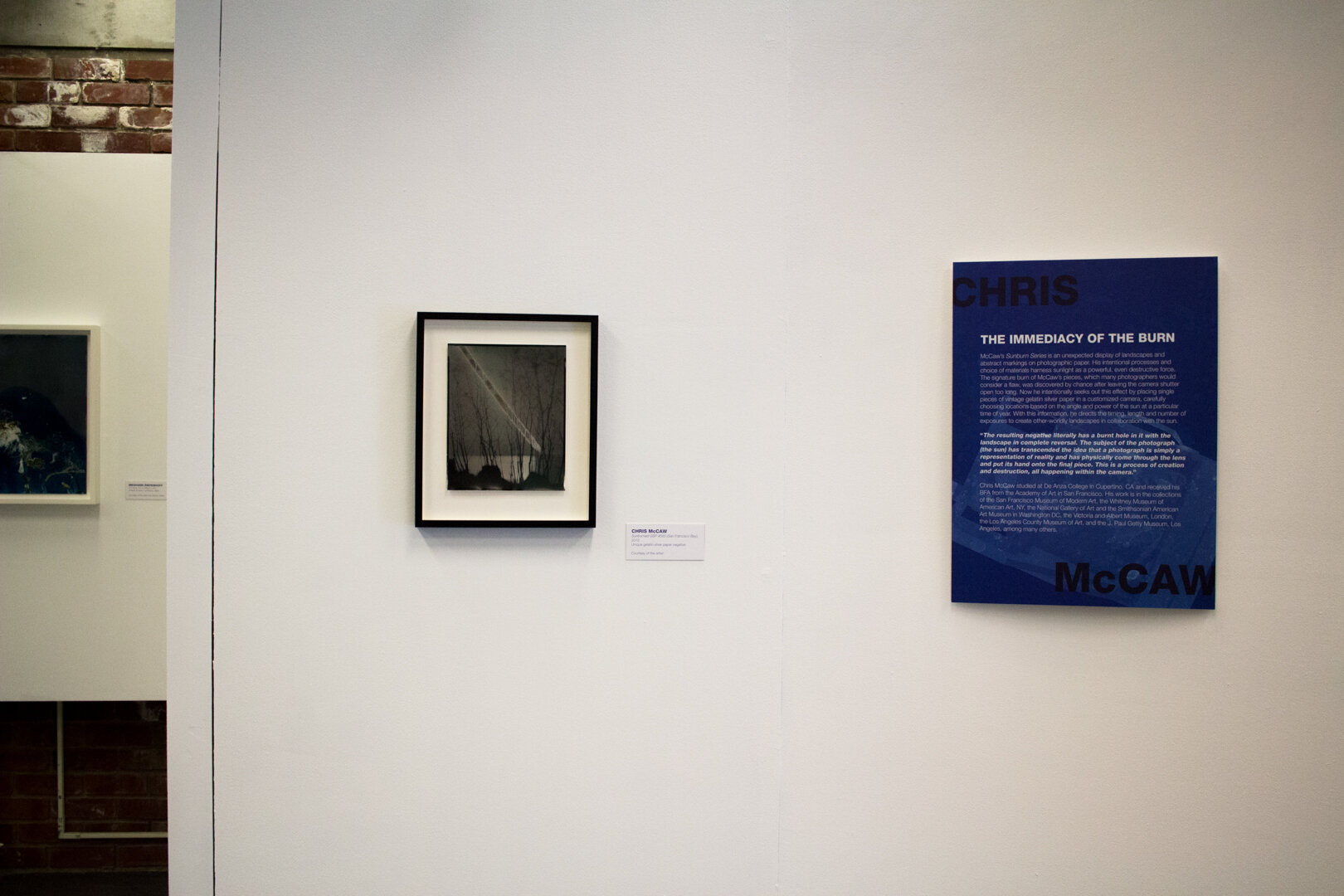
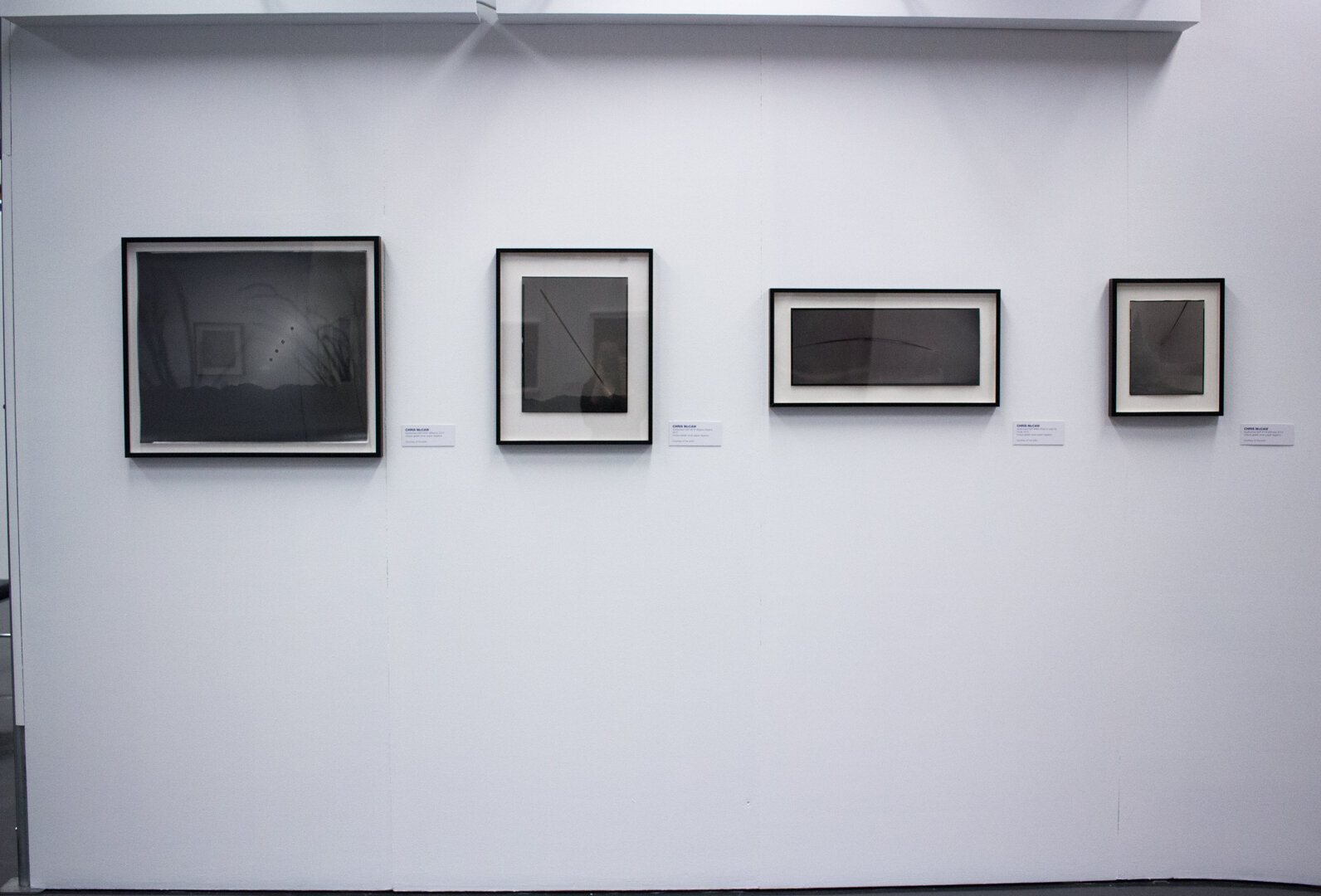

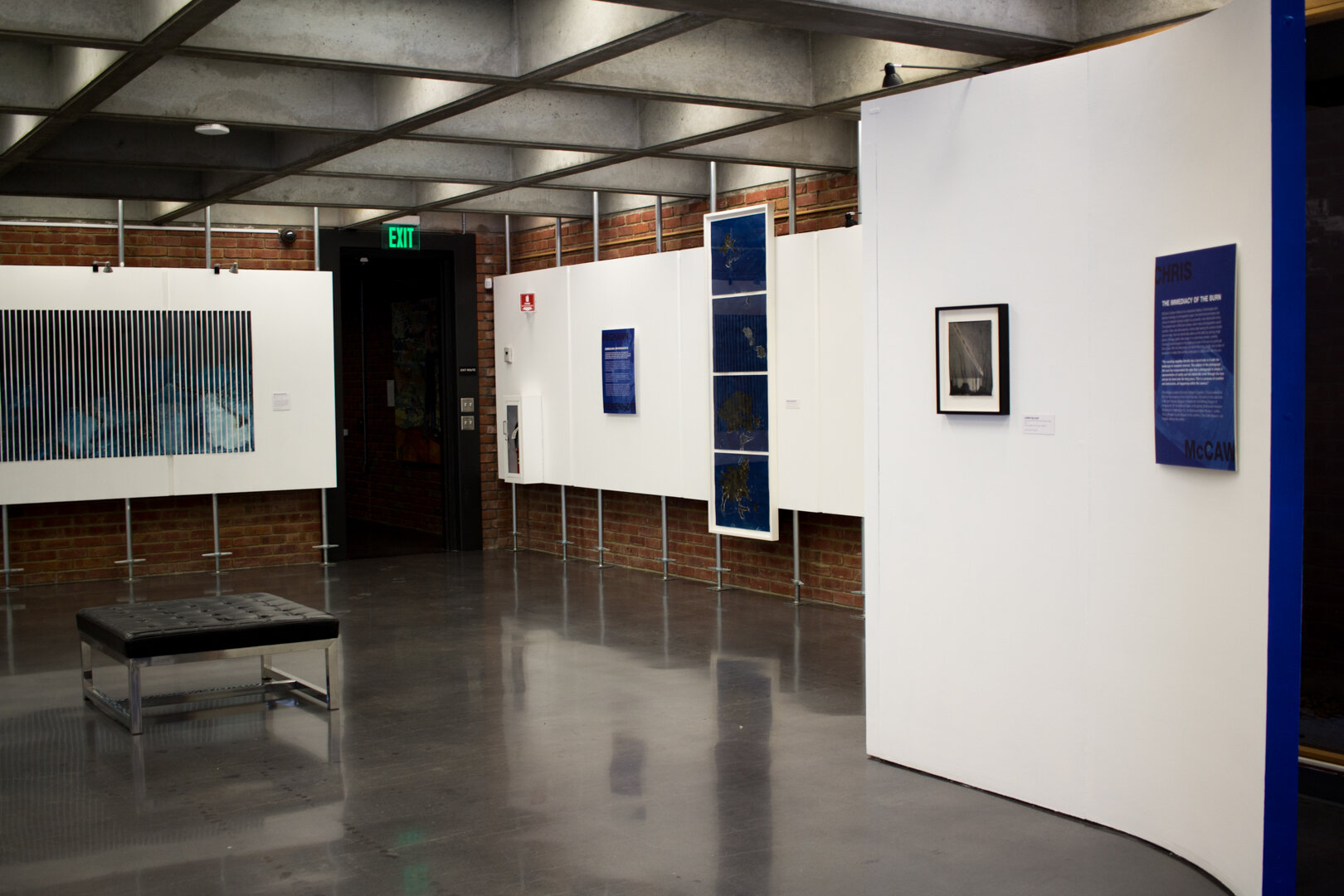
What is Alternative Process?
Contemporary photographic practices collectively known as “alternative process” often involve an analog approach that does not follow standard methods or aesthetic ideals. Standard twentieth-century analog photography uses manufactured film, which the photographer exposes in a camera before processing. The resulting negative is used to make enlarged and reproducible prints. The prints are valued for their surface image, not necessarily for their material quality. Commonly taught components of camera photography include framing, sharpness, depth of field, exposure time and lighting within the camera as well as prescribed methods for cropping and printing in the darkroom. Each component requires the photographer to make choices to achieve specific stylistic, informational and aesthetic results. Static predictability, focused imagery and clear composition became the goal of twentieth-century photographers at large.
By contrast, alternative process photographic works may or may not include the use of a camera, film, or darkroom processing. Additionally, alternative processes often call upon photographic methods, materials, and practices used during the nineteenth century, like handmade cameras, hand-coated papers and direct-to-paper exposure, for example. These exhibiting artists embrace qualities that many would consider mistakes or blunders, such as burns and wrinkles or a skewed, confusing perspective. Not only do they use alternative processes, but some also purposely use expired papers because of their material properties and varied effects. The enigmatic results offer the opportunity to consider photography as both a physical and visual contemplation of human experience.
Select artist below to view or scroll to see all:
Klea McKenna | Moira McDonald | Meghann Riepenhoff | Chris McCaw
NOTE FOR MOBILE USERS: Artwork title and descriptions can only be viewed on a desktop/laptop computer.
All images copyright of the individual artist. Do not use without permission.
Klea McKenna
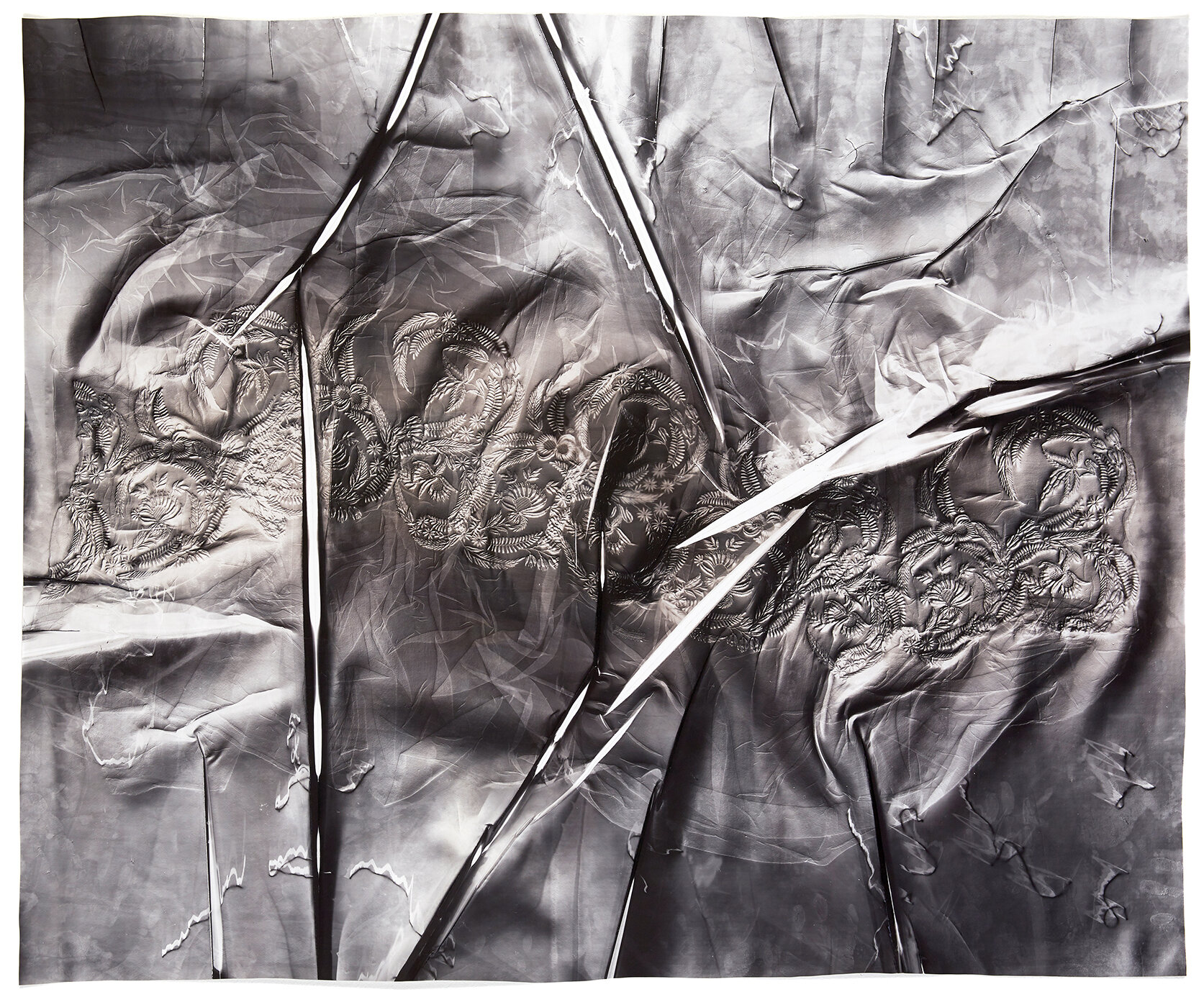
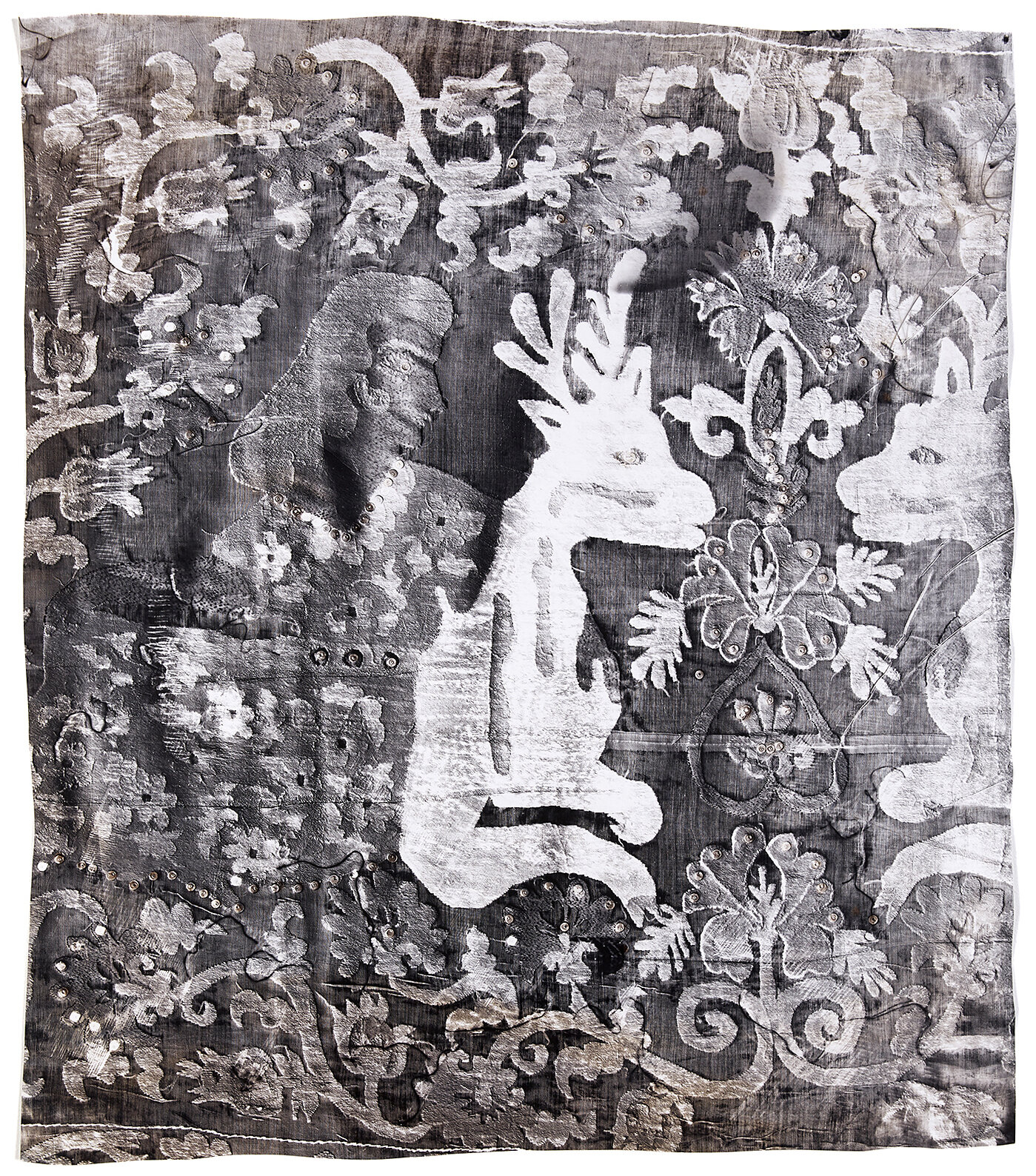
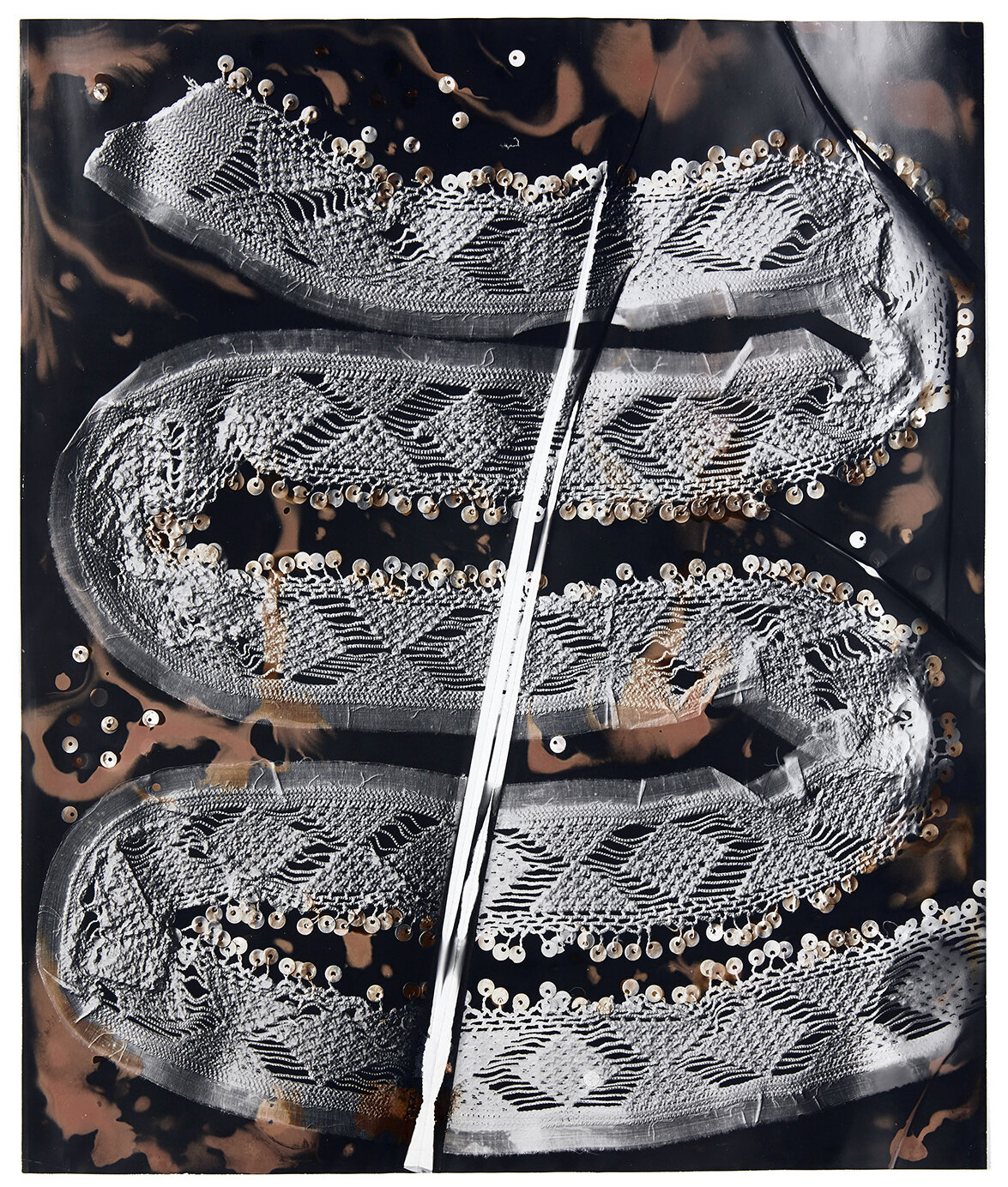
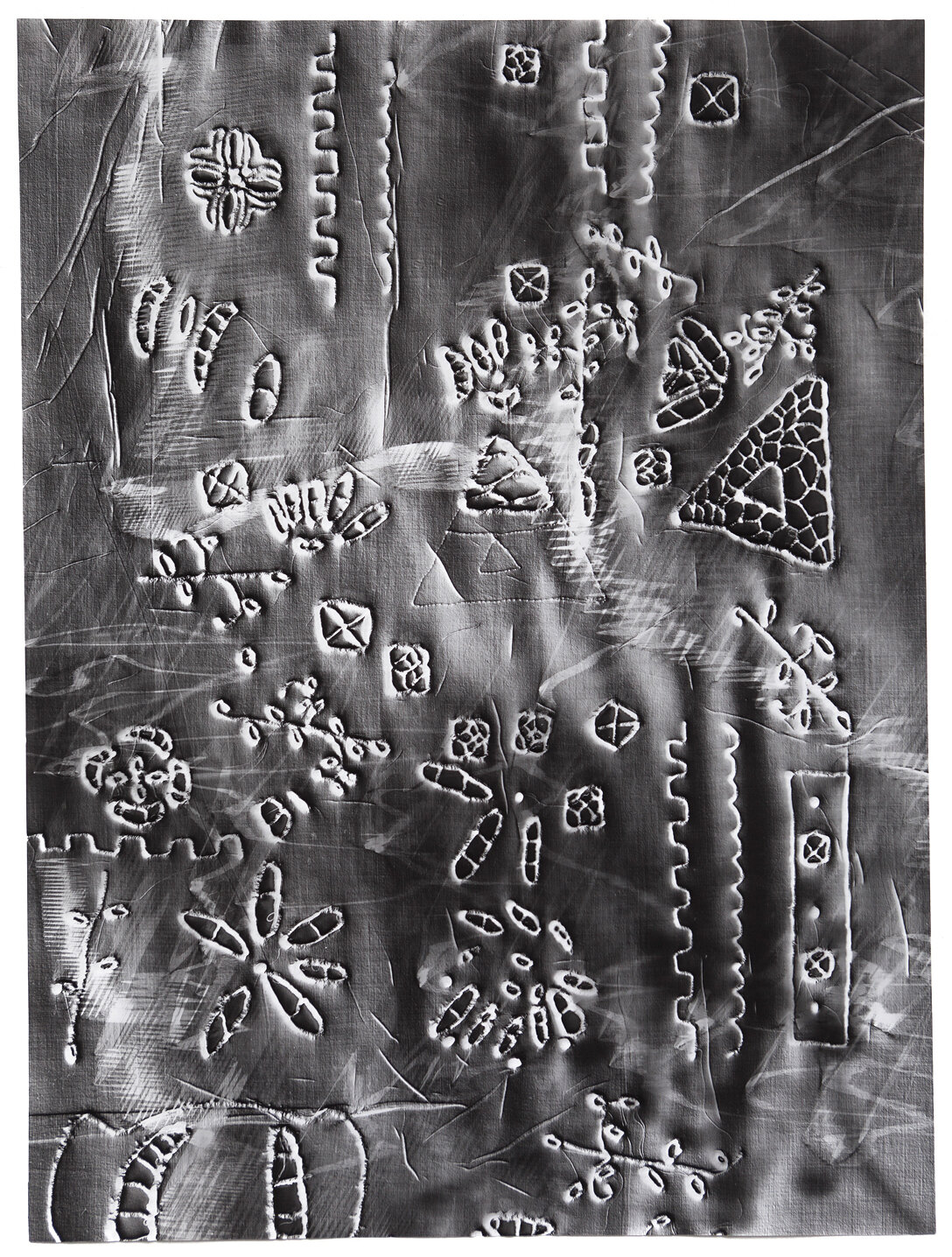
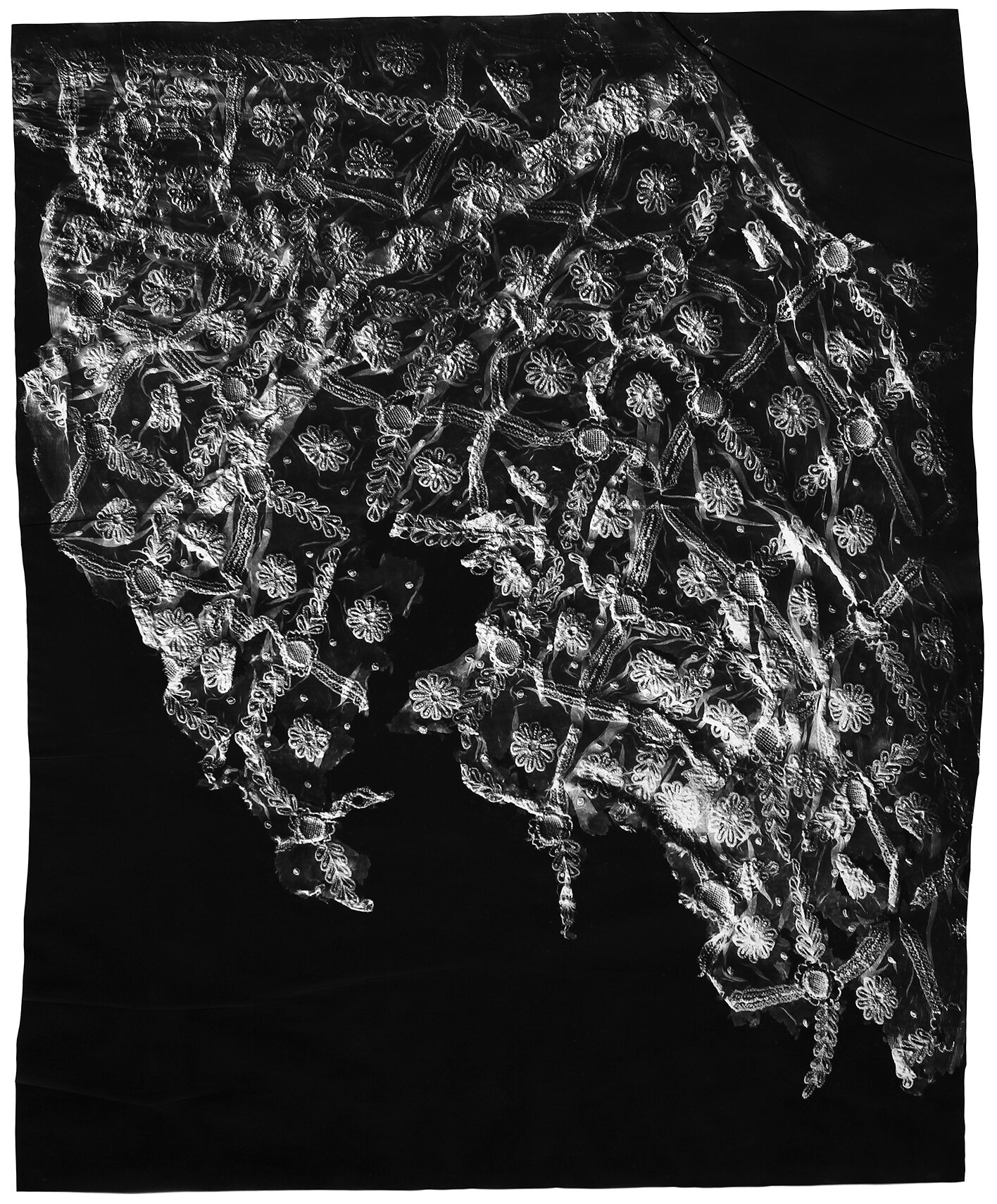

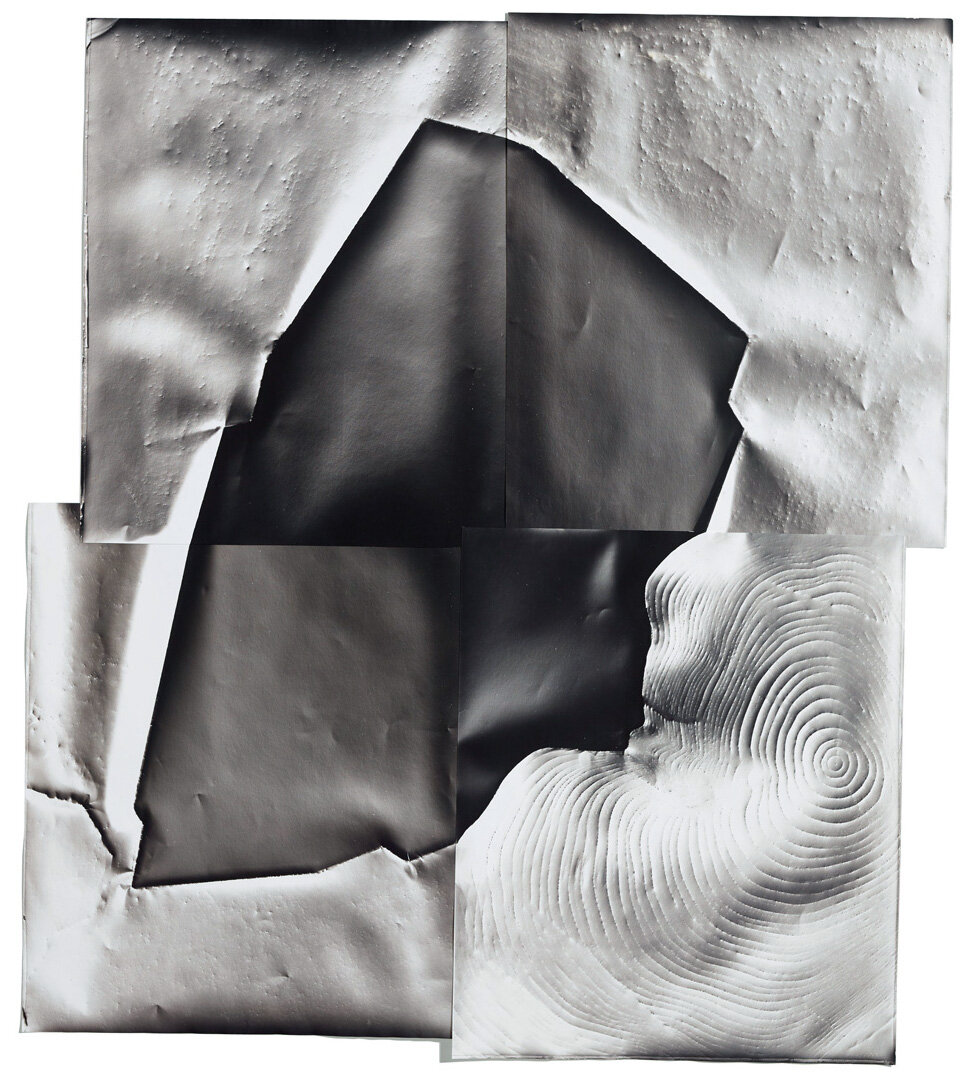
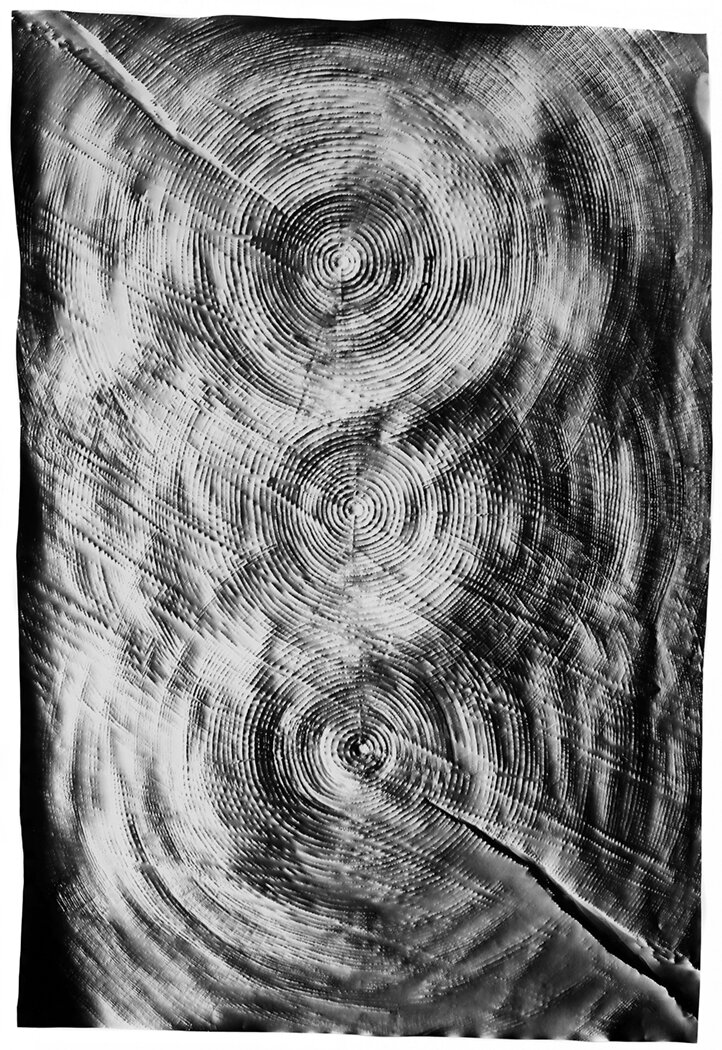
Visual Imprint
Video produced by LensCulture. View their story on Klea McKenna on their website LensCulture.com
Using both natural and man-made surfaces, McKenna records a physical imprint that she calls a photographic rubbing onto gelatin silver paper which is then exposed as a photogram — a photographic image made without a camera. By pressing the paper into the circular forms of sections of felled trees or embossing the paper with textures of hand-made fabrics, McKenna creates an object that is more than a photograph. The physical pressure transforms the paper into a sculptural relief, texturized and molded to the object which also becomes visible through light exposure and darkroom chemical processes.
McKenna delights in the discovery “That I can make an image that is photographic but that is made through touch rather than through sight. There is something very much about the physical labor embedded in the pieces — I have hand touched and pressed every single surface.” Acknowledging this intentional imprint is integral to developing the aesthetics and meaning in her work.
Klea McKenna received her BA from University of California Santa Cruz and her MFA from California College of the Arts, San Francisco. She is based in San Francisco and her work is included in the collections of the San Francisco Museum of Modern Art, Los Angeles County Museum of Art, Santa Barbara Museum of Art, the US Embassy collection, the Mead Museum of Art, Amherst, MA, and the Victoria and Albert Museum in London.
Early Examples of Experimental Photography
Read about early alternative process photographer, William Henry Fox Talbot and see how his process influenced and inspired generations of photographers after him, including Klea McKenna.
Moira McDonald
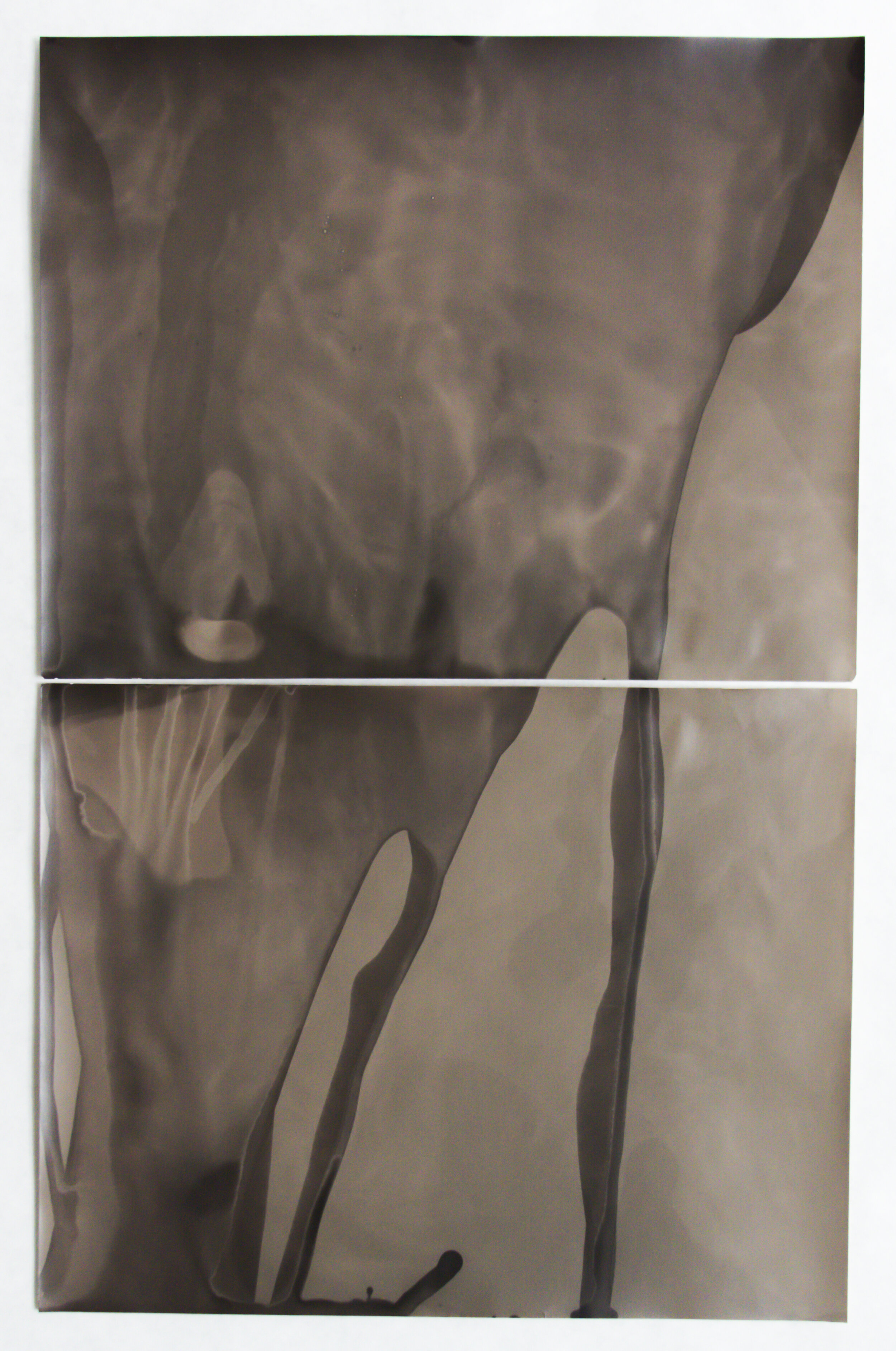
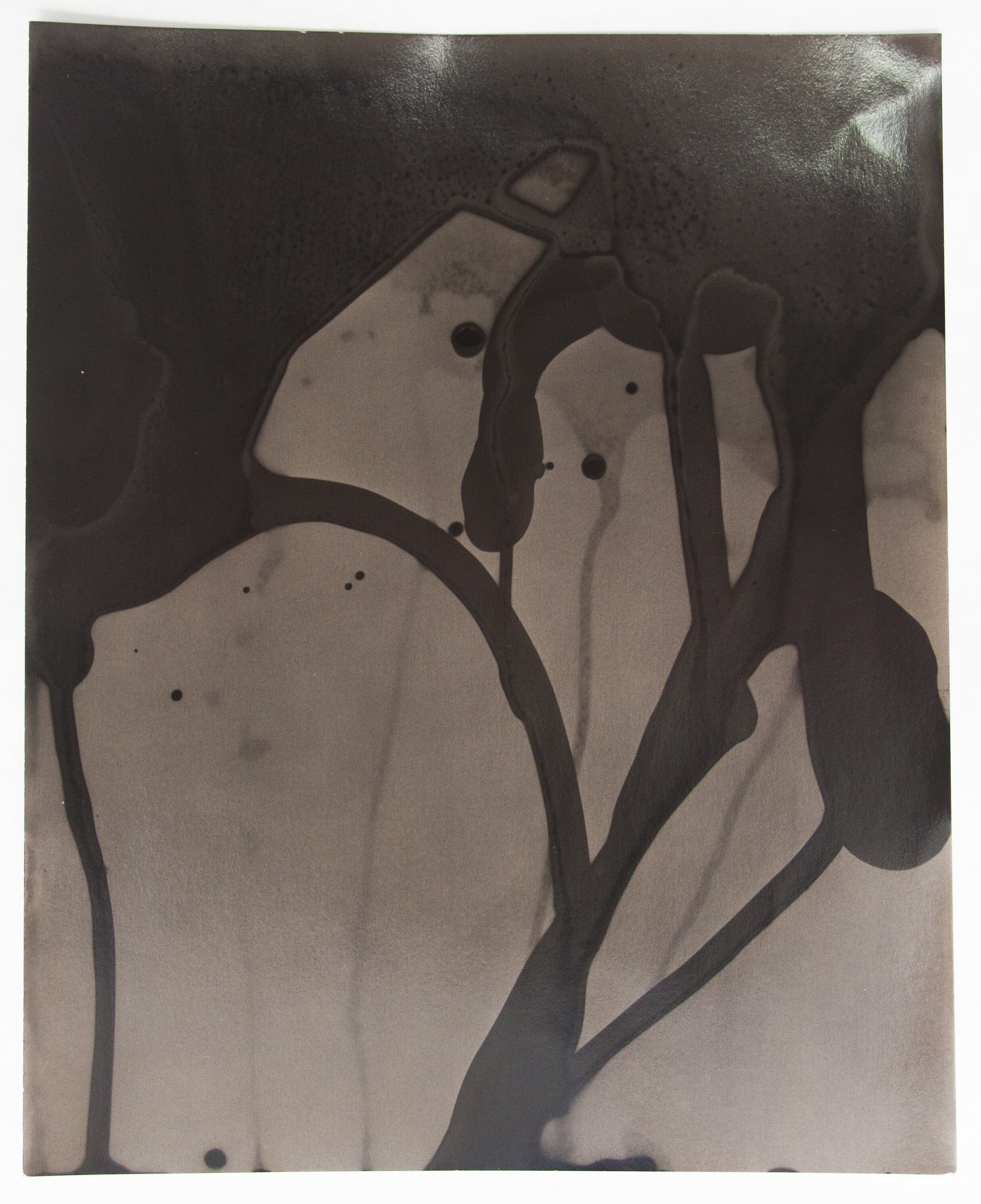
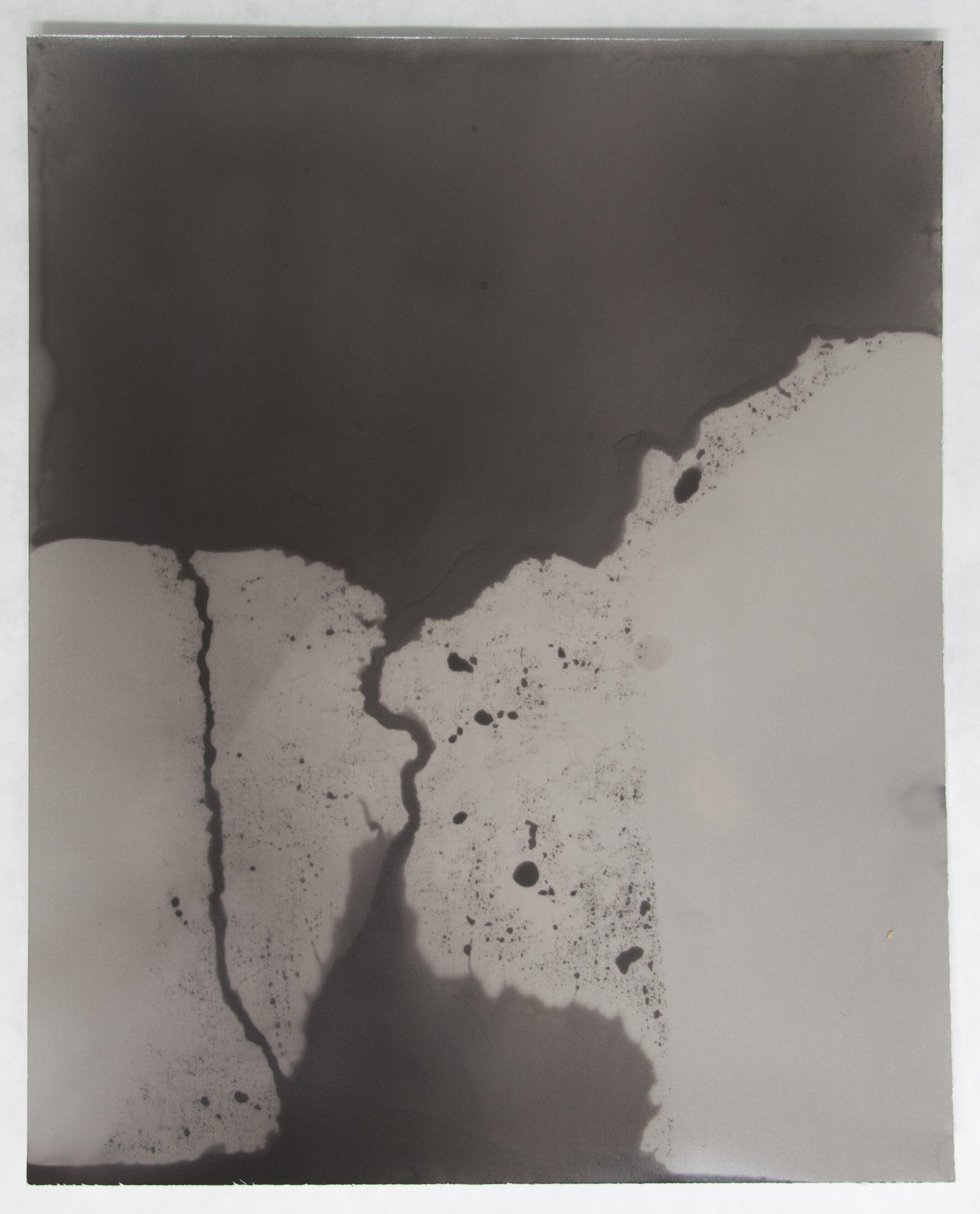
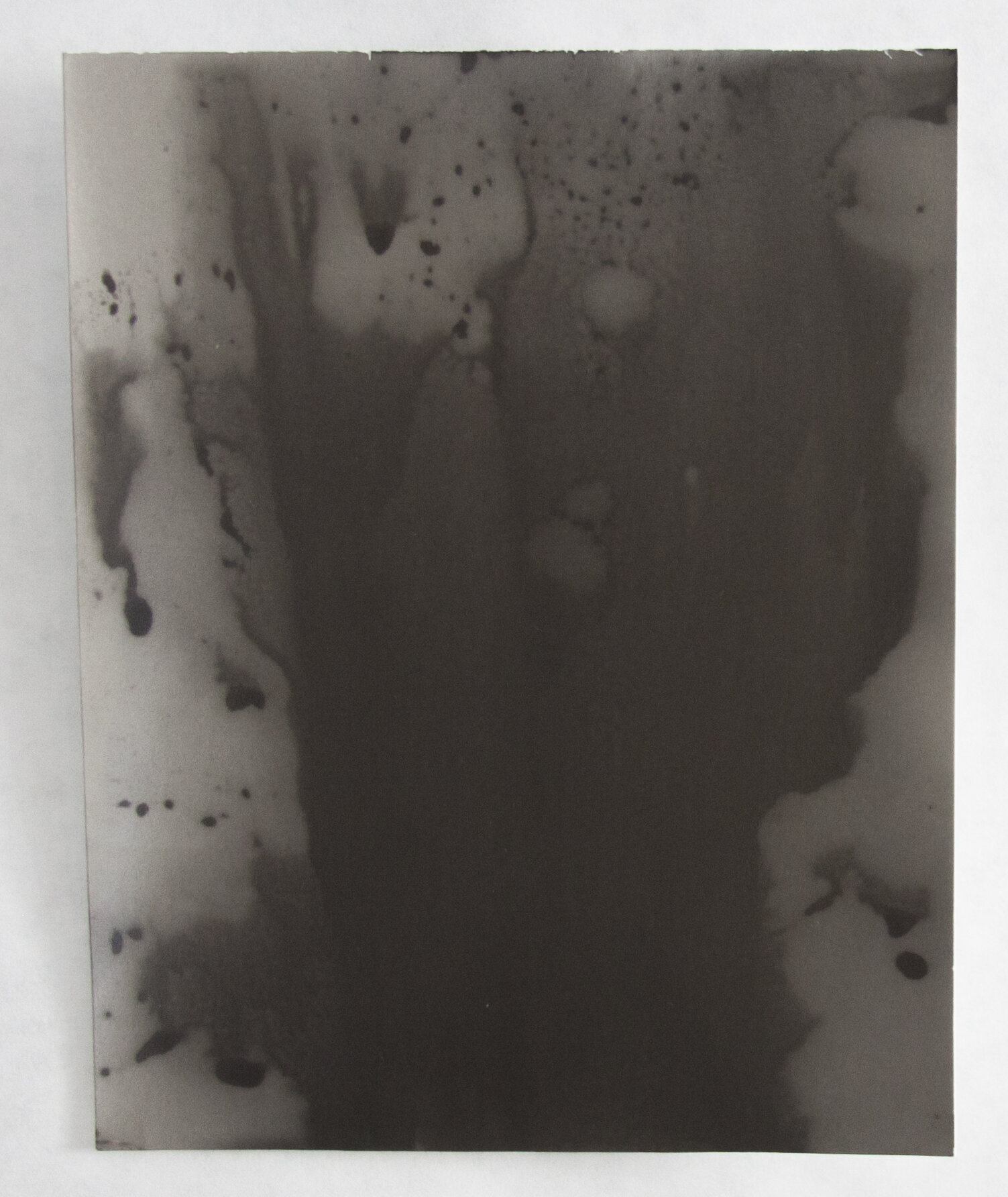
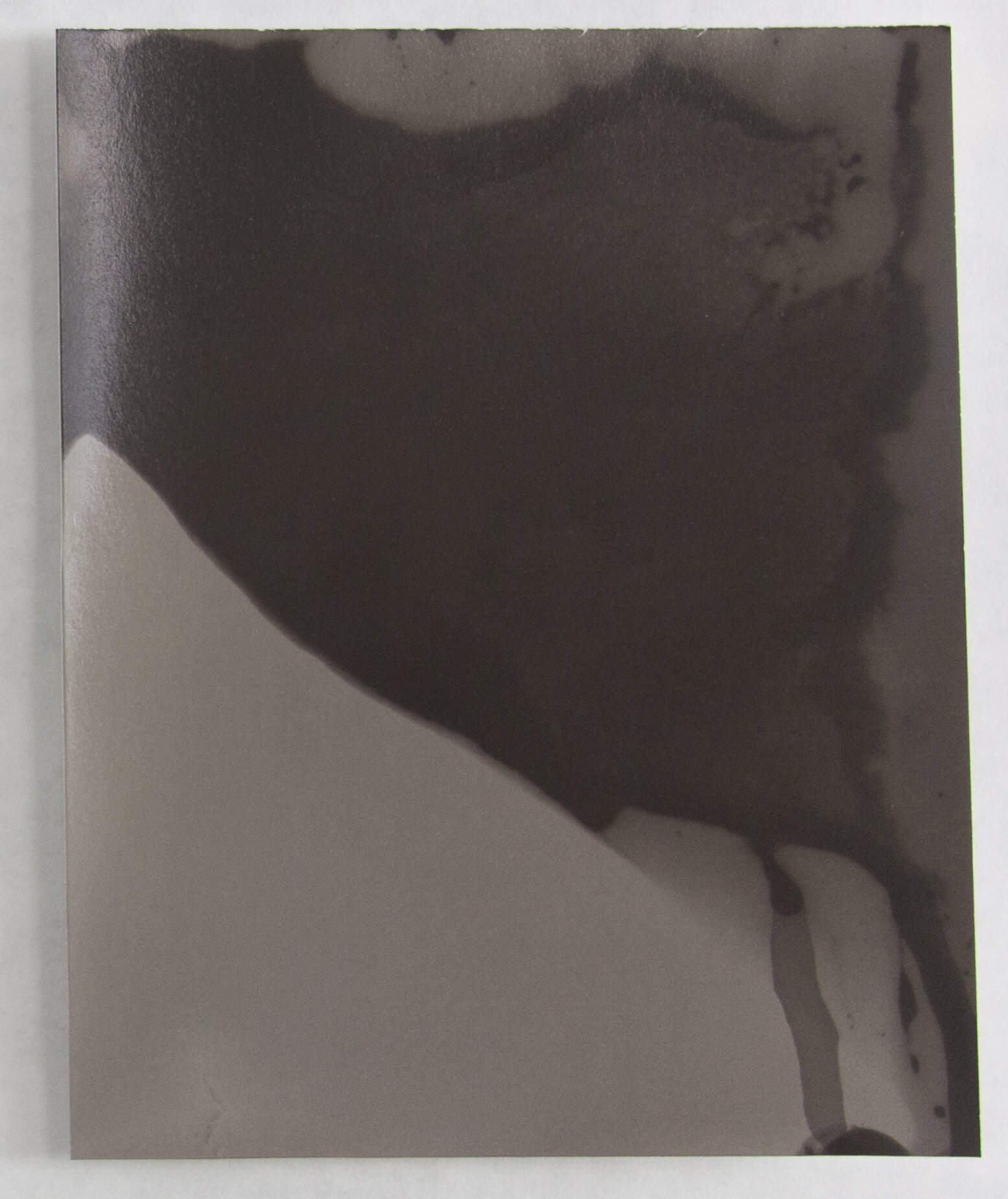

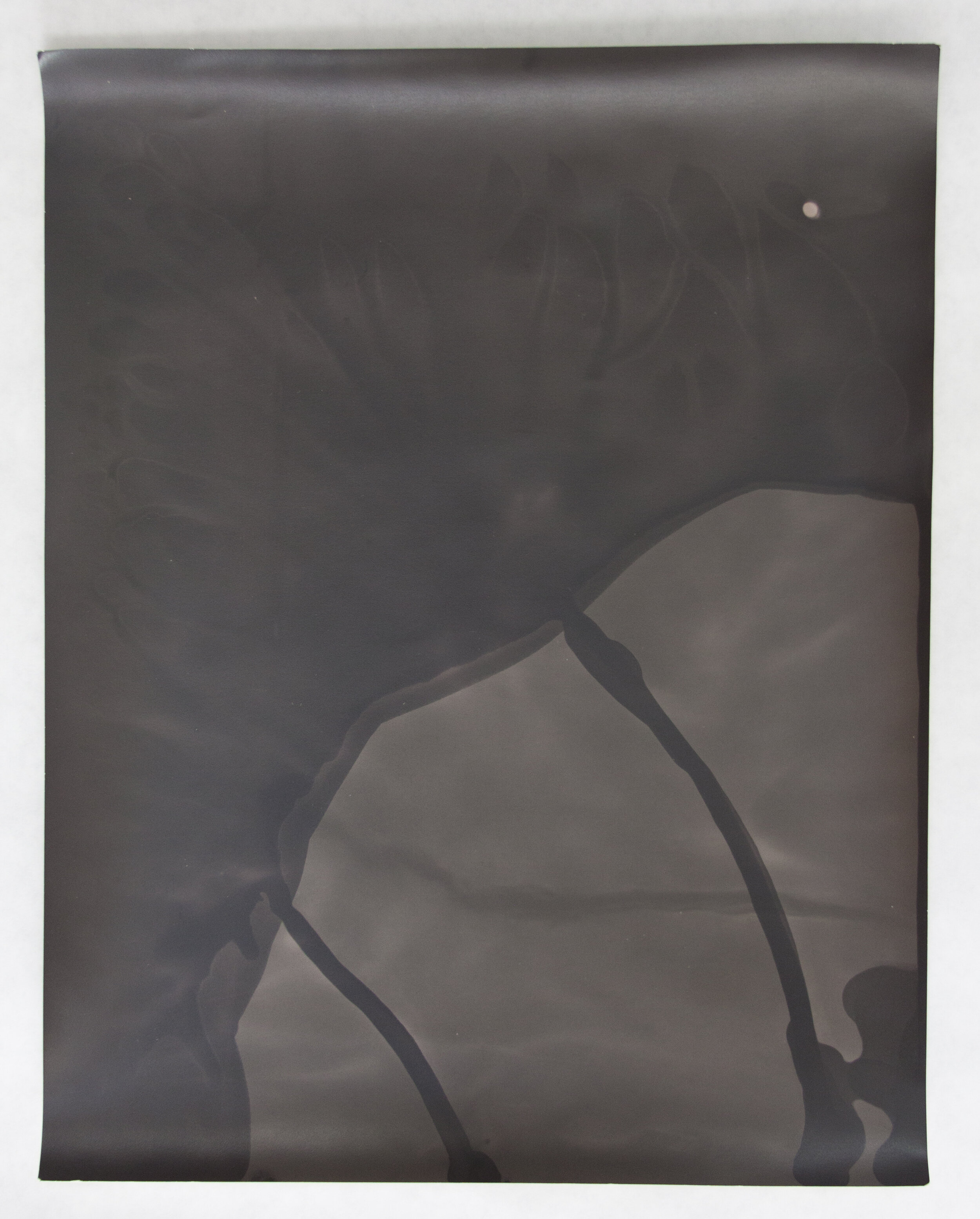
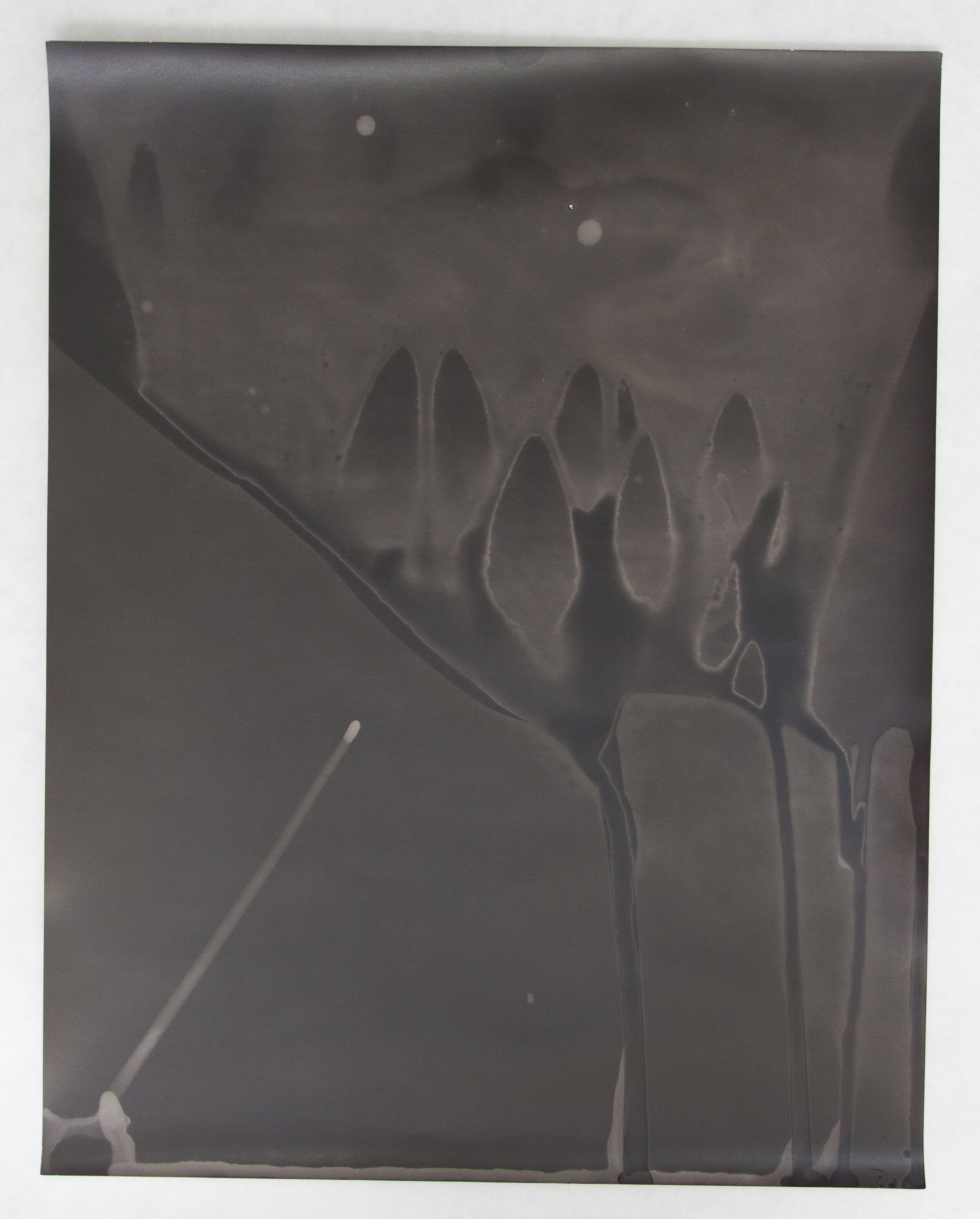

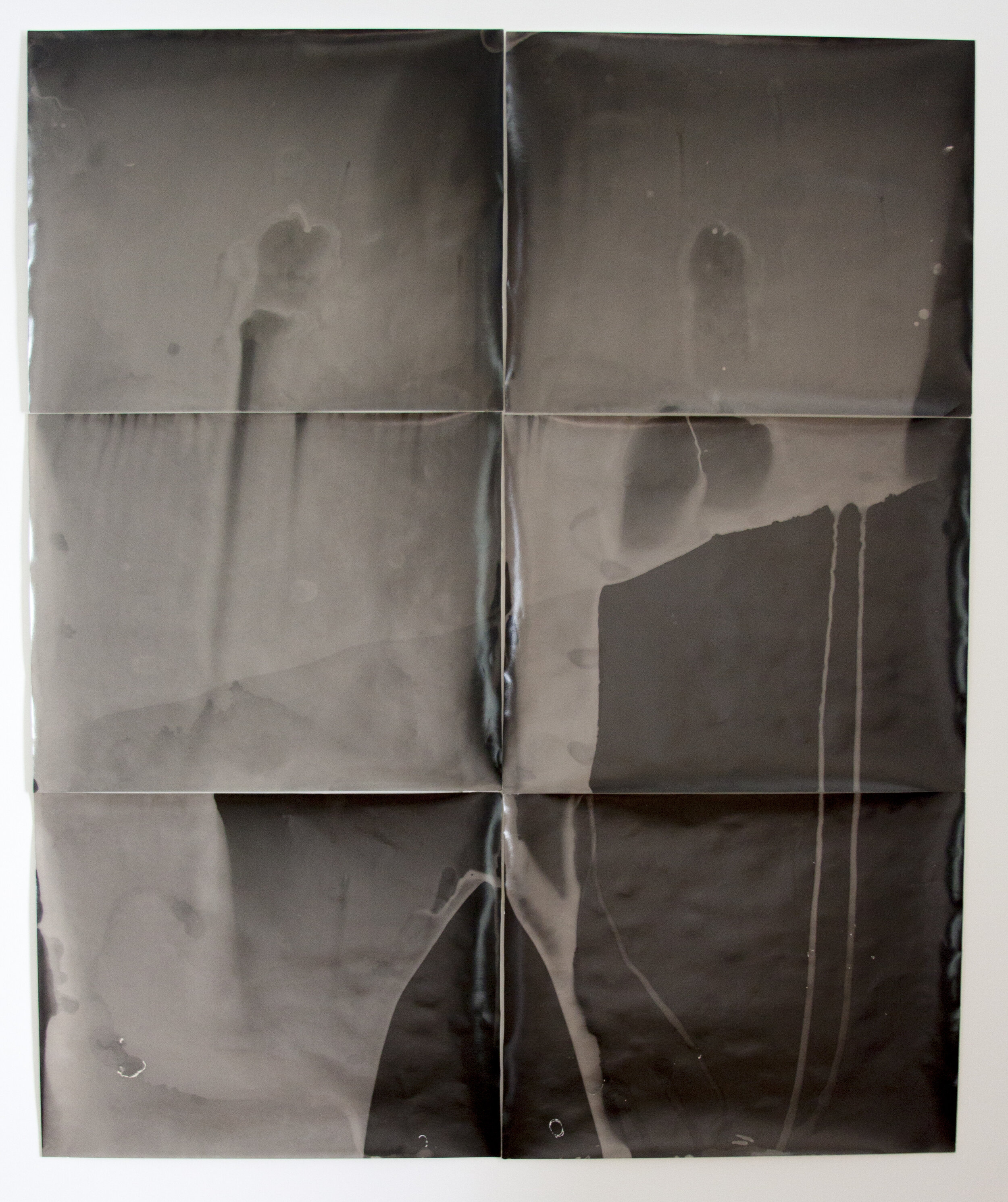
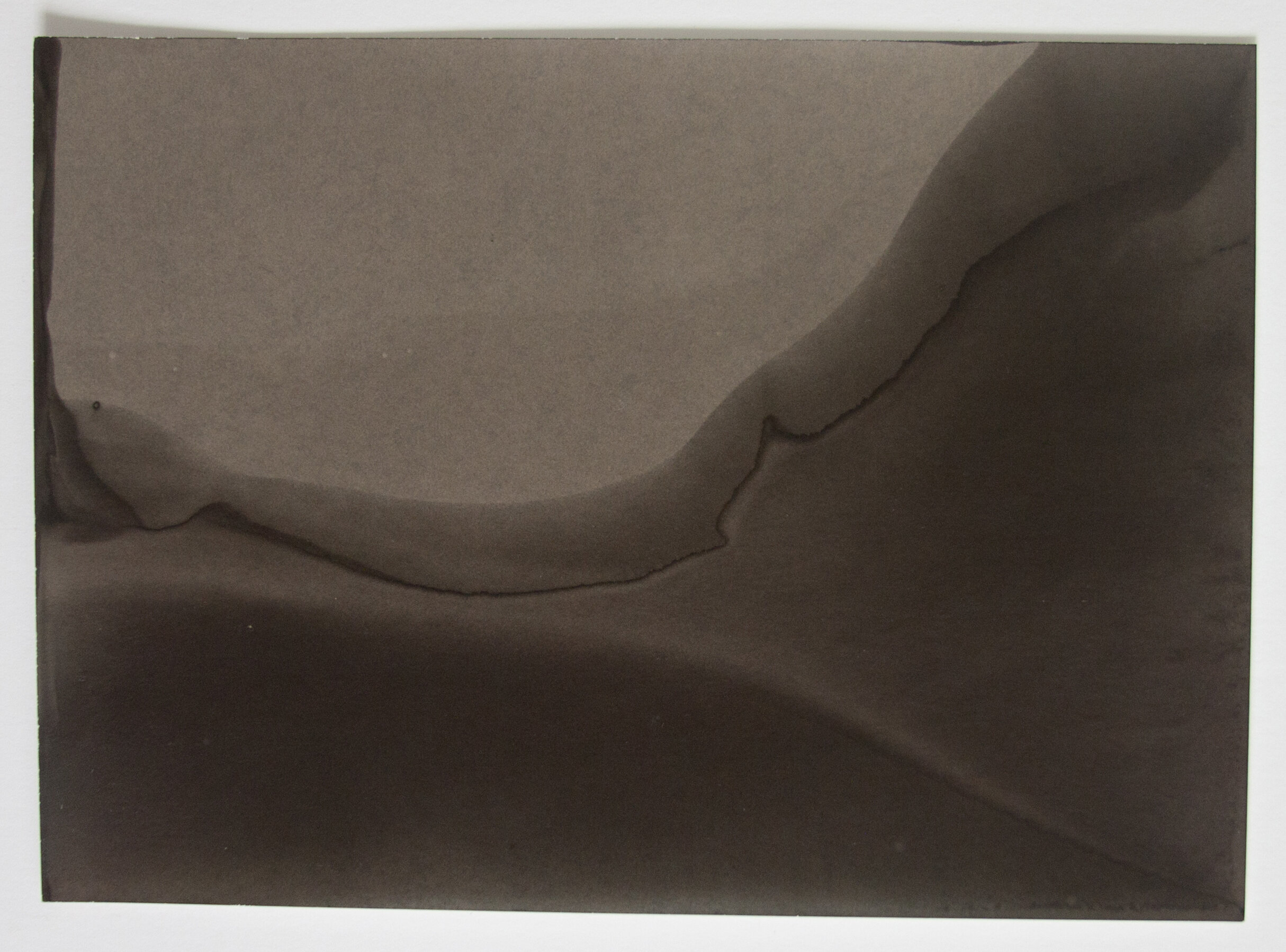
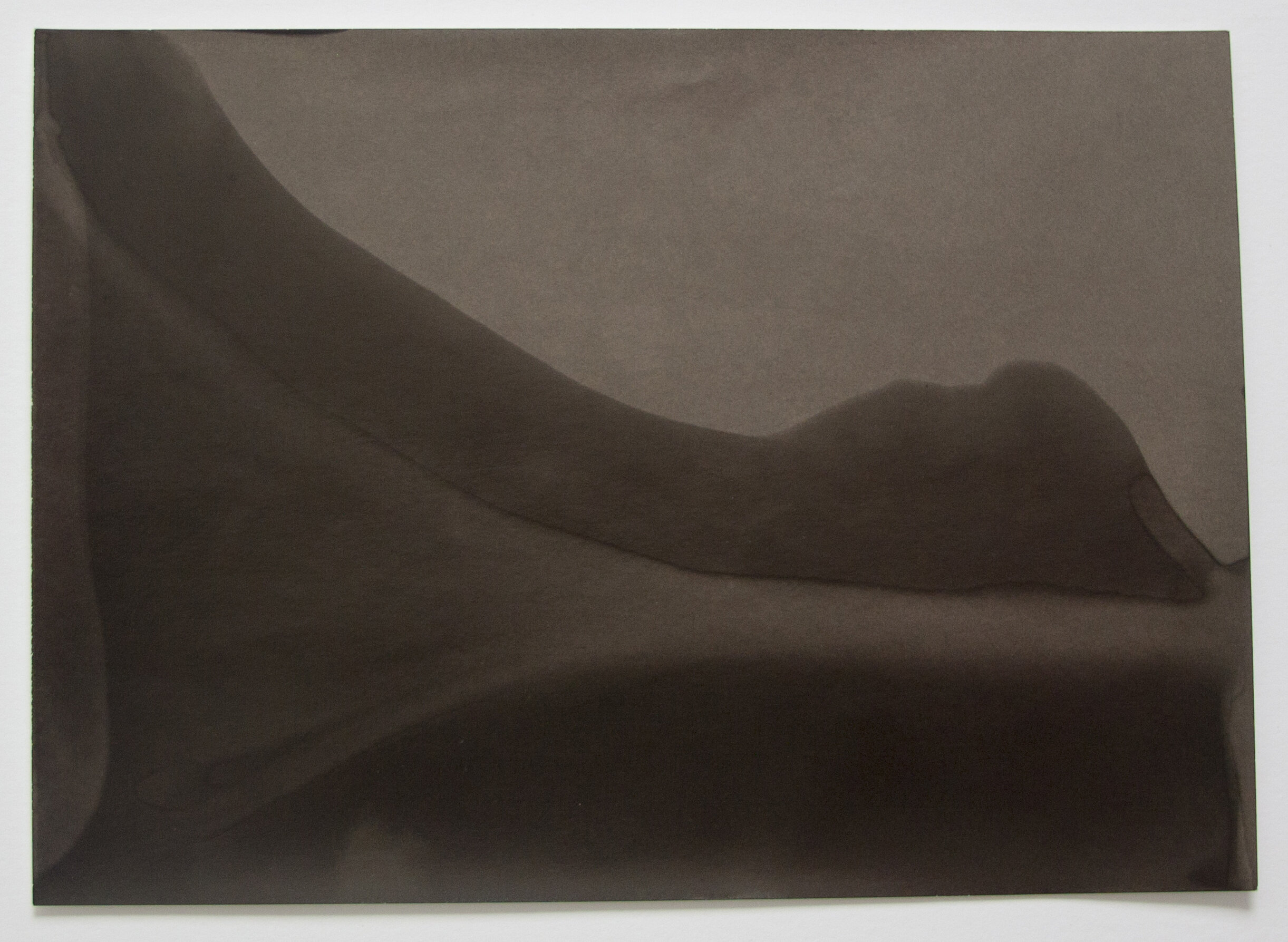
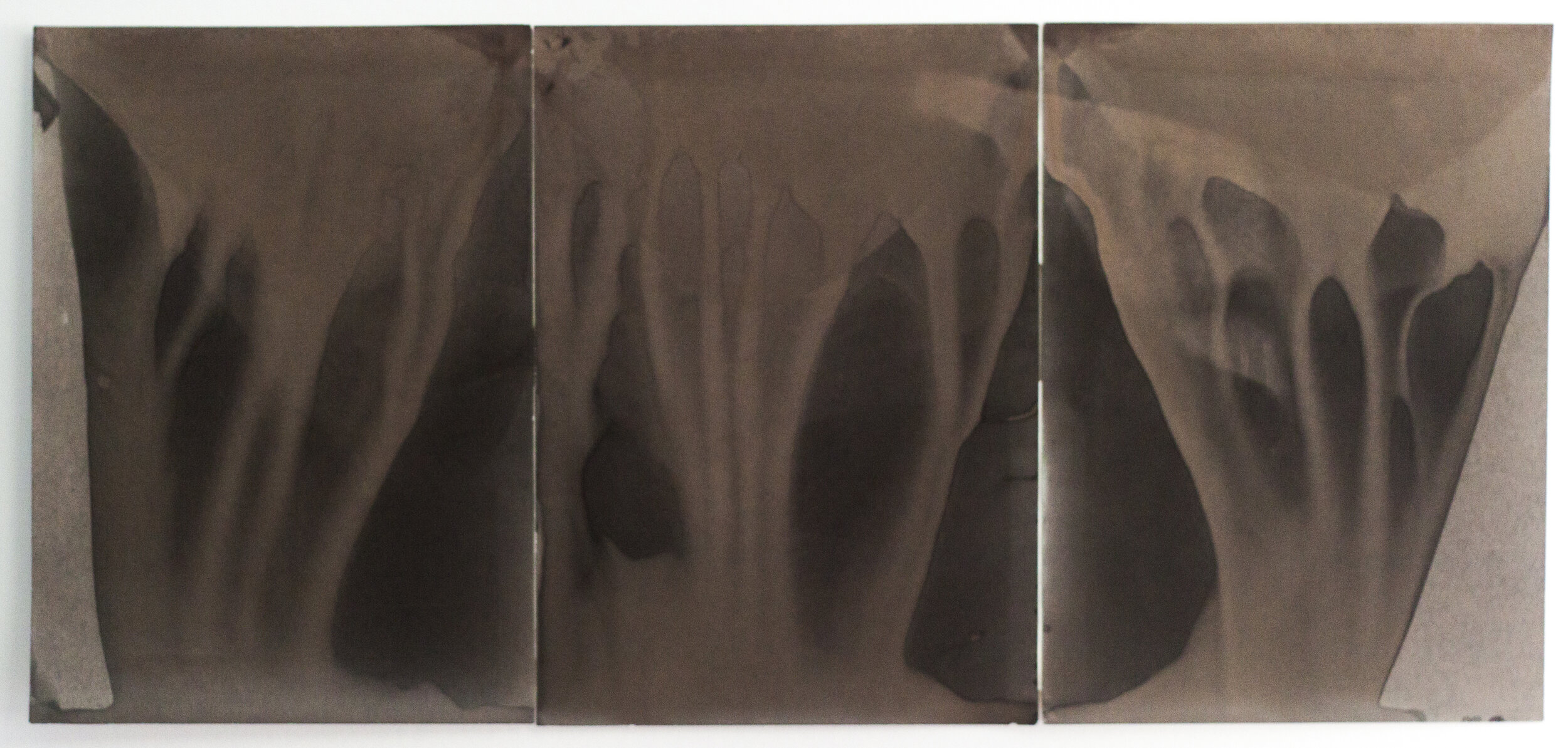
Engagement with the Atmosphere
“I placed my darkroom trays out overnight to collect small puddles of the clouds to dip my silver papers in. They were then exposed on an overcast day until the fog was either absorbed by the paper or evaporated back into the atmosphere. These photographs of automated nature, of collecting and letting go, of natural breath, of process, and of intervention, participation and engagement within the landscape - these are photographs of fog in pacifica.”
McDonald uses expired silver gelatin papers that, when processed, bring out foggy gray, brown and black colors that resemble the very thing that they have absorbed - coastal Northern California fog. To further extend this connection, the exposures process outdoors during overcast days, so the amount of light they receive is filtered through that same fog. The artist intervenes and directs the moisture as it runs over the paper, drawing the puddles into images that resemble landscapes and dripping water, connecting the visual, the physical and the chemical in one enigmatic object.
Moira McDonald is an Australian-American artist working and living in the San Francisco Bay Area. She earned her BFA in Photography at California College of the Arts, San Francisco, and received her MFA from San Jose State University. McDonald’s photographs have been widely exhibited in the United States and abroad, and have recently been acquired by the Candela Collection in Richmond, VA.
Meghann Riepenhoff
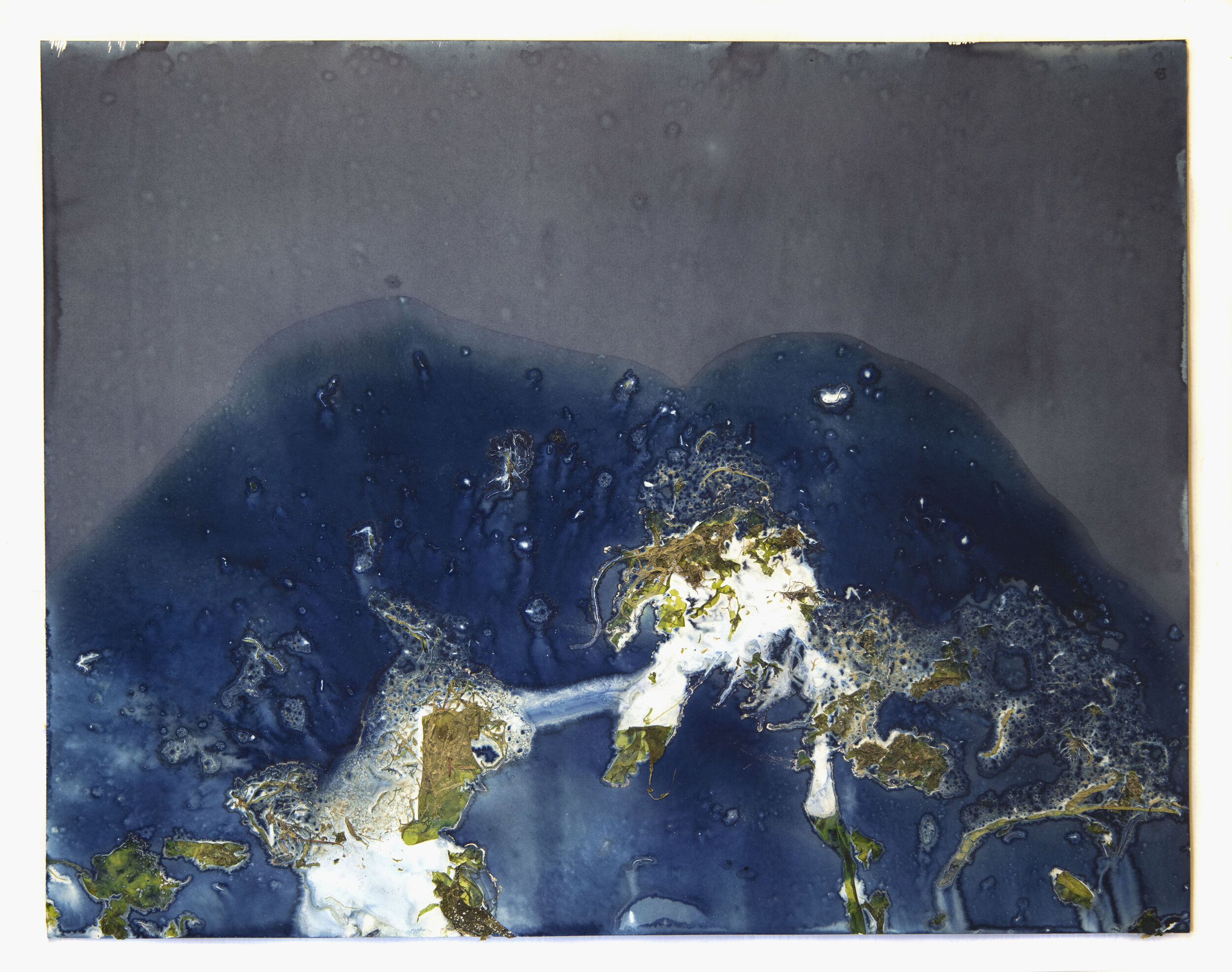
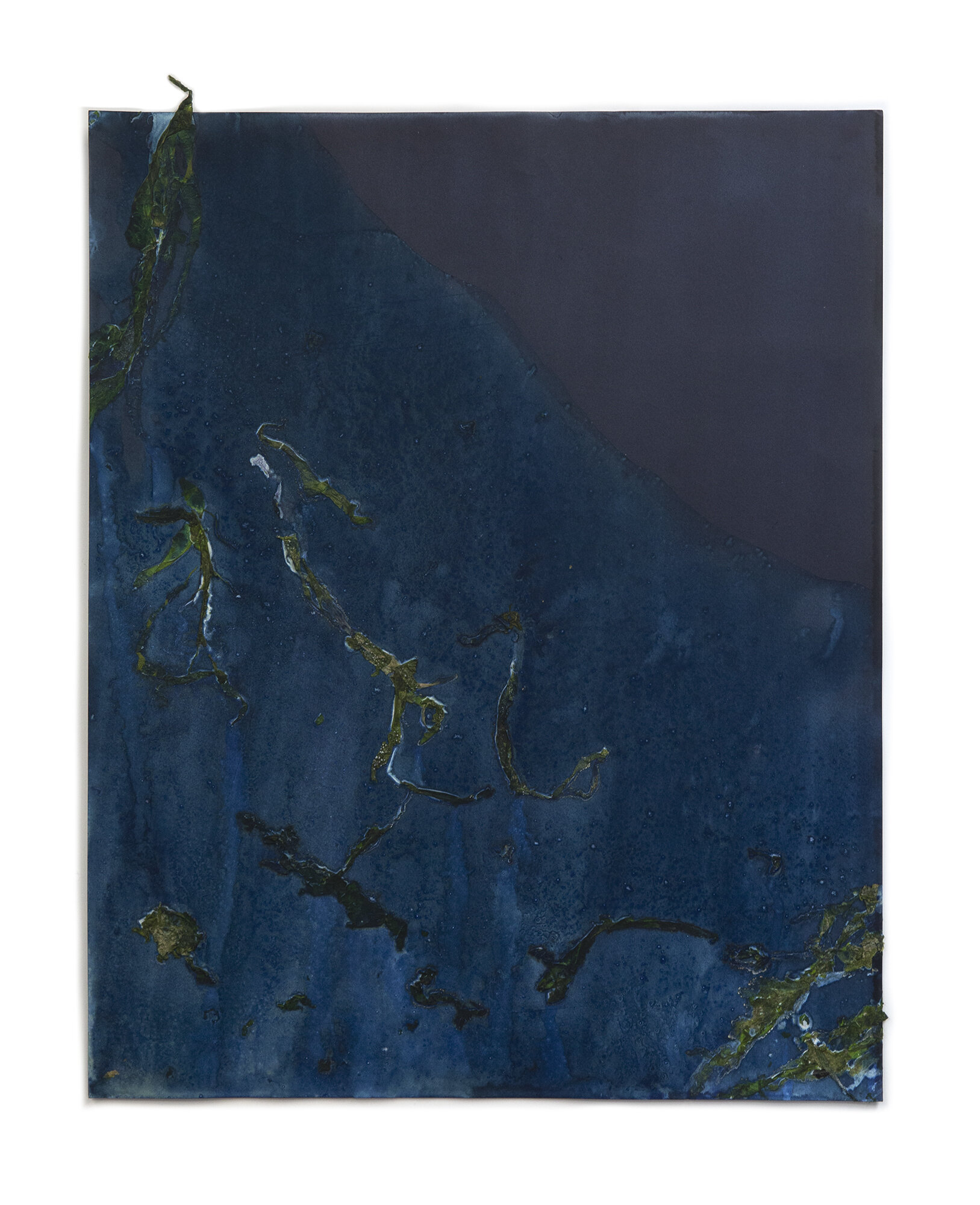
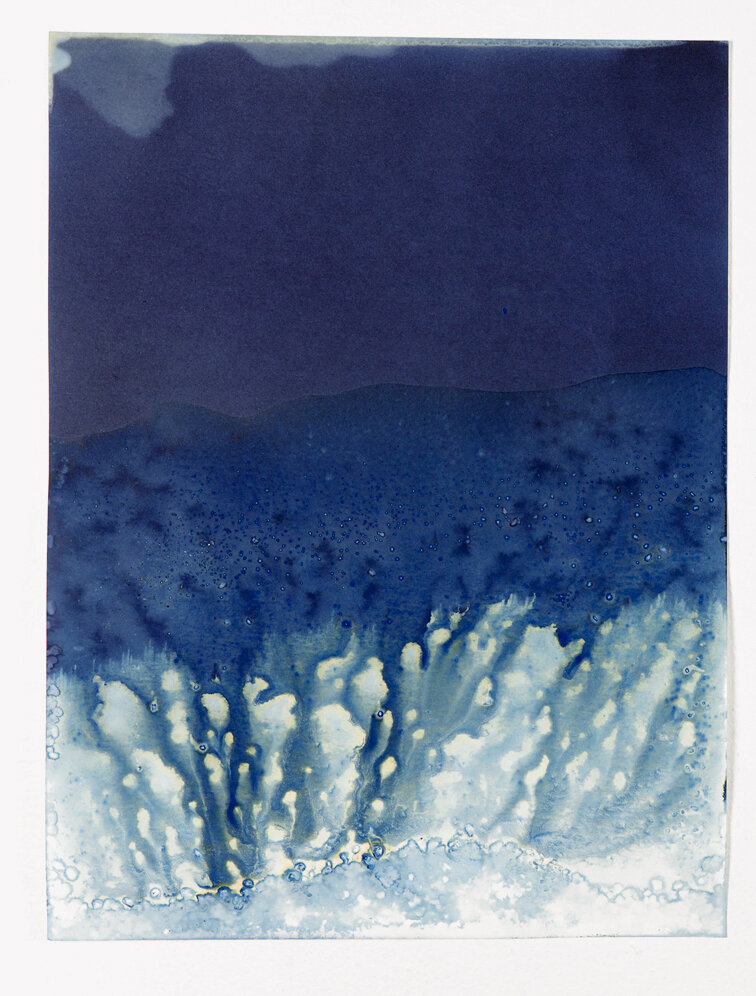

Embracing Impermanence
“The driving force behind this work was an investigation into impermanence. I also wanted to push back against the idea of the archival image, something that seems to imply that photography is exempt from the very nature of life itself, which is change…”
Knowledge of the materials and process of Riepenhoff’s work increases the understanding of direct connection. Her intention to include this information is important for the viewing experience because the process and the results are equally important. The artist tells us that the location of exposure and manipulations the papers are subjected to are valued equally to the chemical and photographic sensitivity.
Riepenhoff’s pieces embody the concept of impermanence and become living, changing objects that continue to interact with the atmosphere in unpredictable ways — perhaps changing colors, darkening or revealing details that were previously invisible, or shedding the debris it once held from the landscape in which it was created.
Meghann Riepenhoff, originally from Atlanta, GA, is based in Bainbridge Island, WA and San Francisco, CA. She received a BFA in Photography from the University of Georgia, and an MFA from San Francisco Art Institute. Her work is now held in the collections of the High Museum of Art, Atlanta, GA, the Museum of Fine Arts, Houston, TX, the Museum of Contemporary Photography, Chicago, IL, and the San Francisco Museum of Modern Art, among others. In 2018, Riepenhoff was named a Guggenheim Fellow.
History of Cyanotype Photography
Read about Anna Atkins, one of the first female photographers, and see how her work influenced and inspired generations of photographers after her, including Meghan Riepenhoff.
Chris McCaw
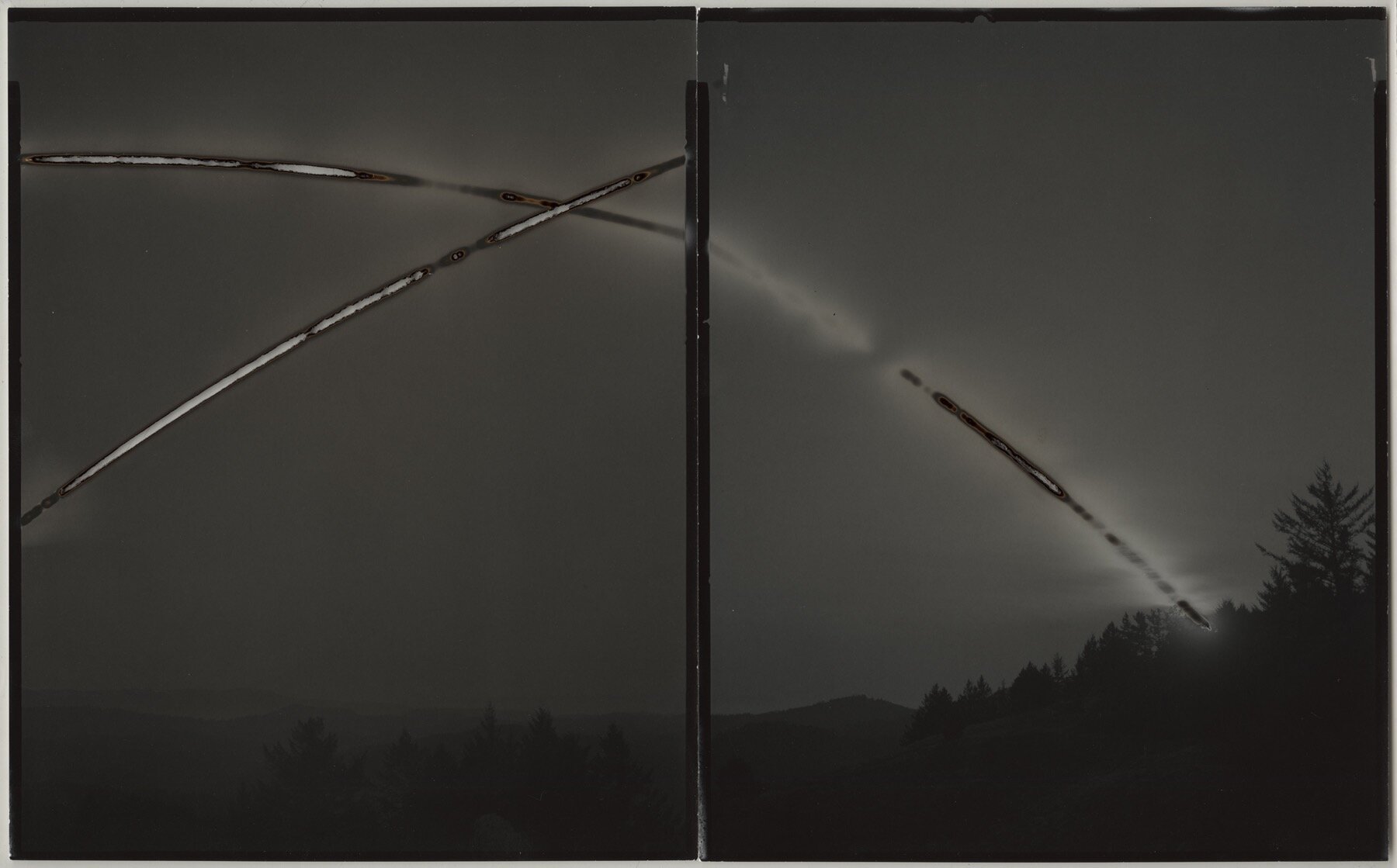

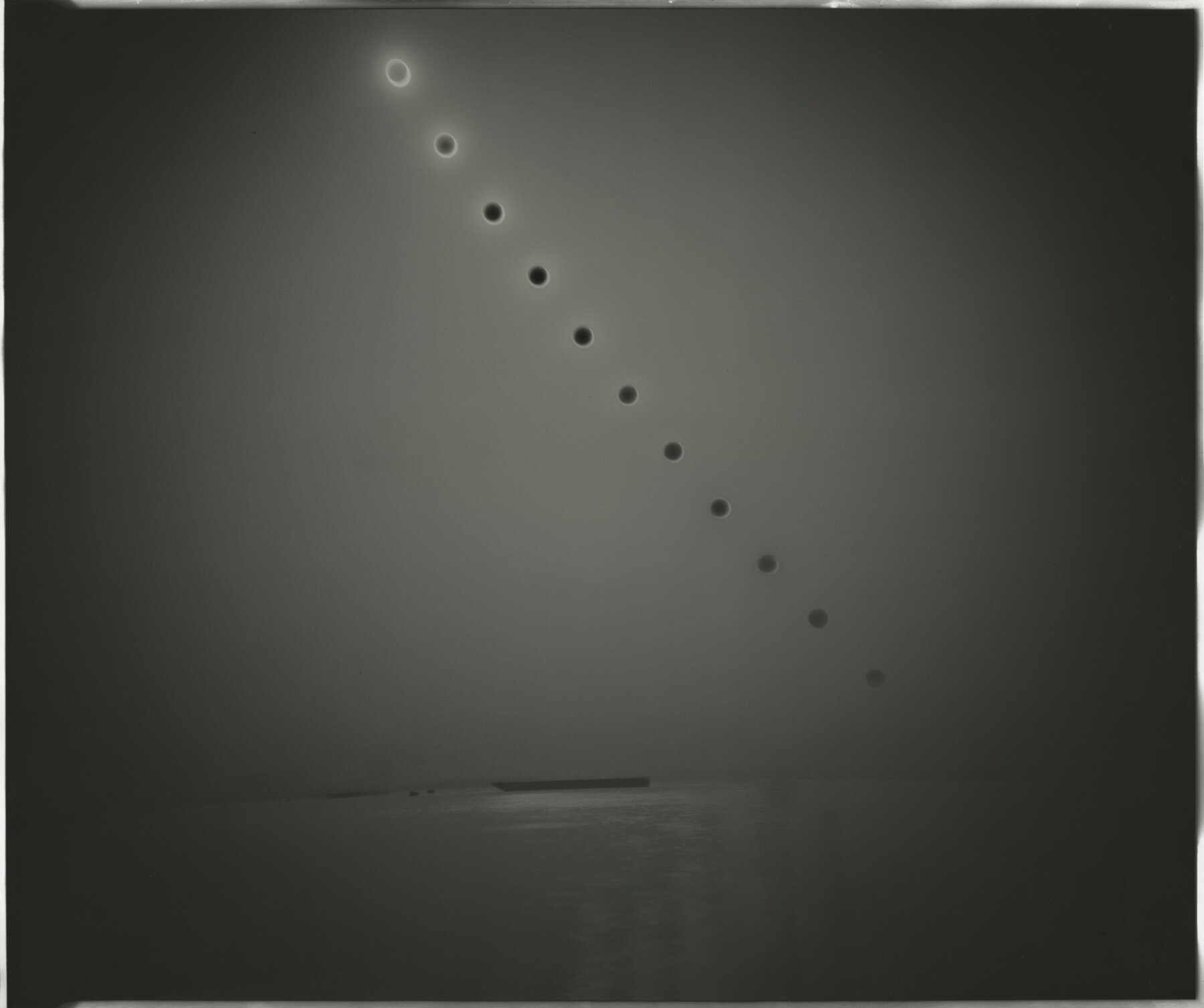
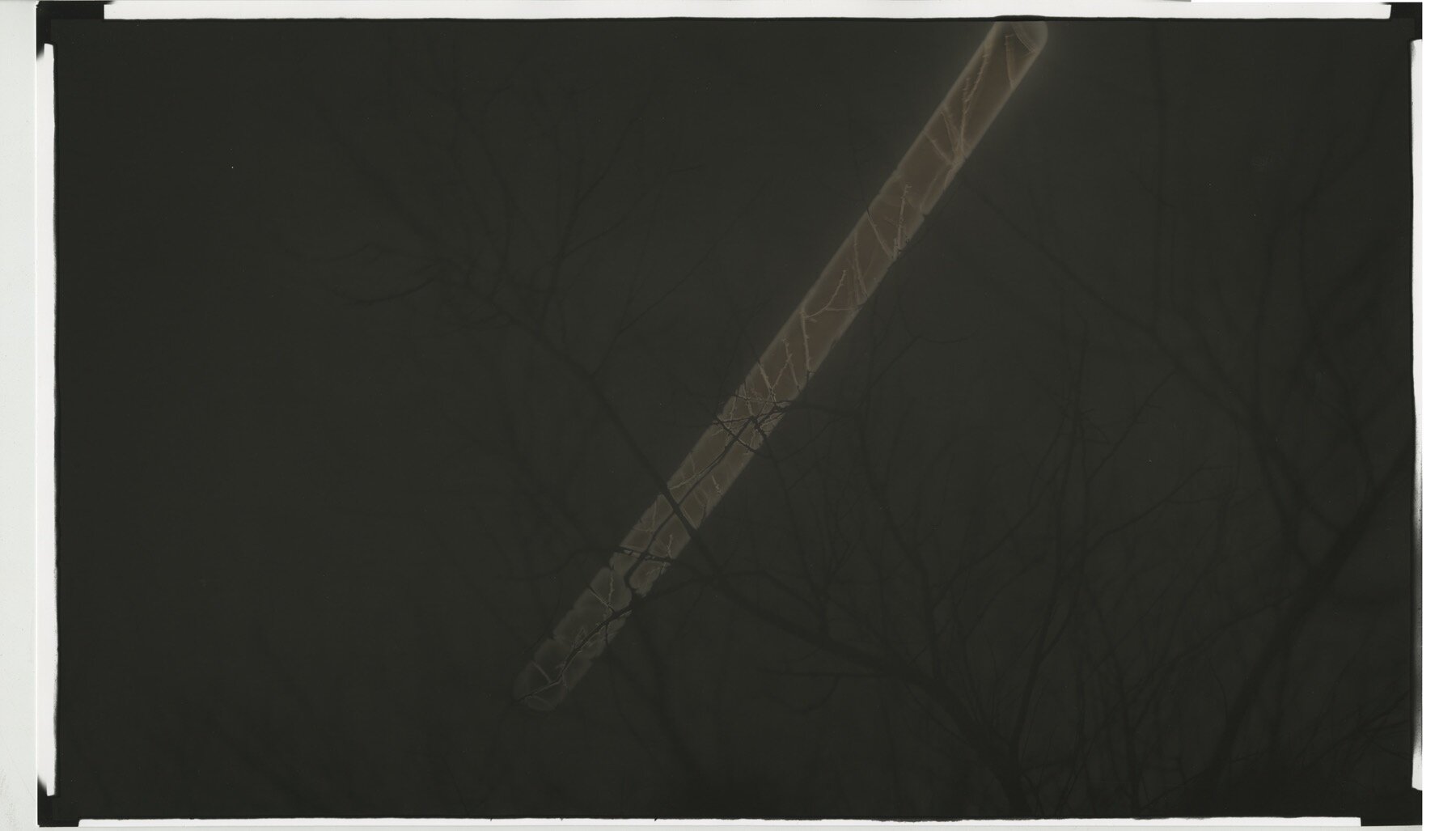

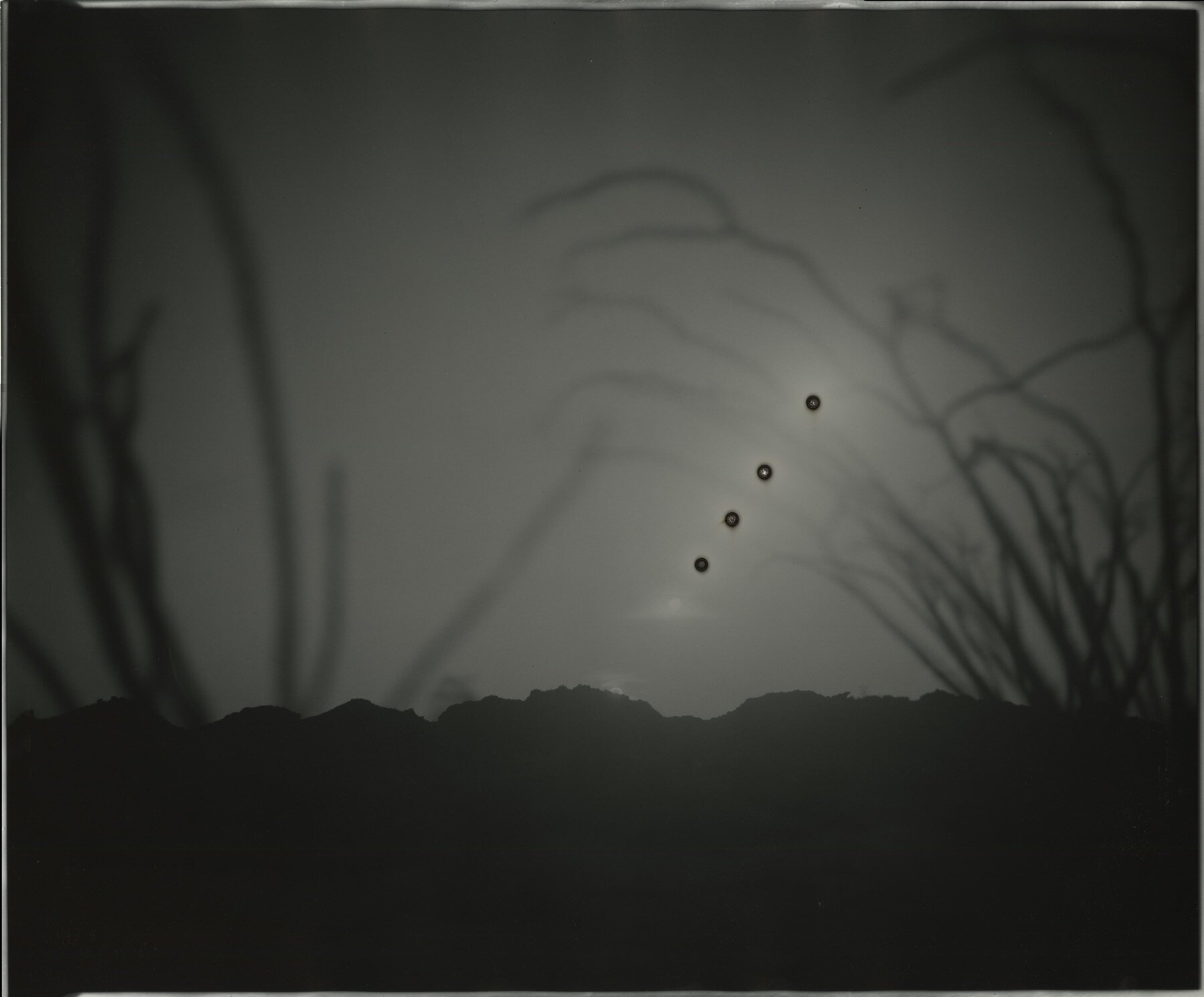

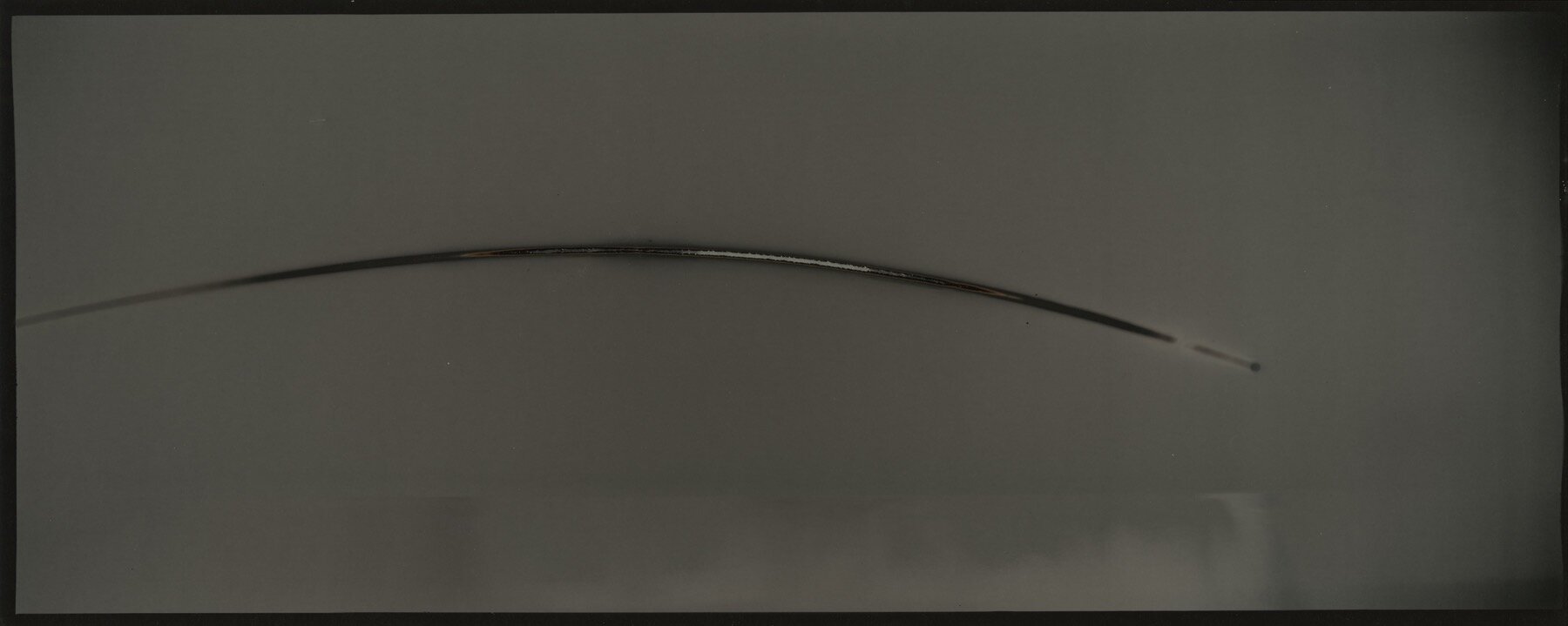
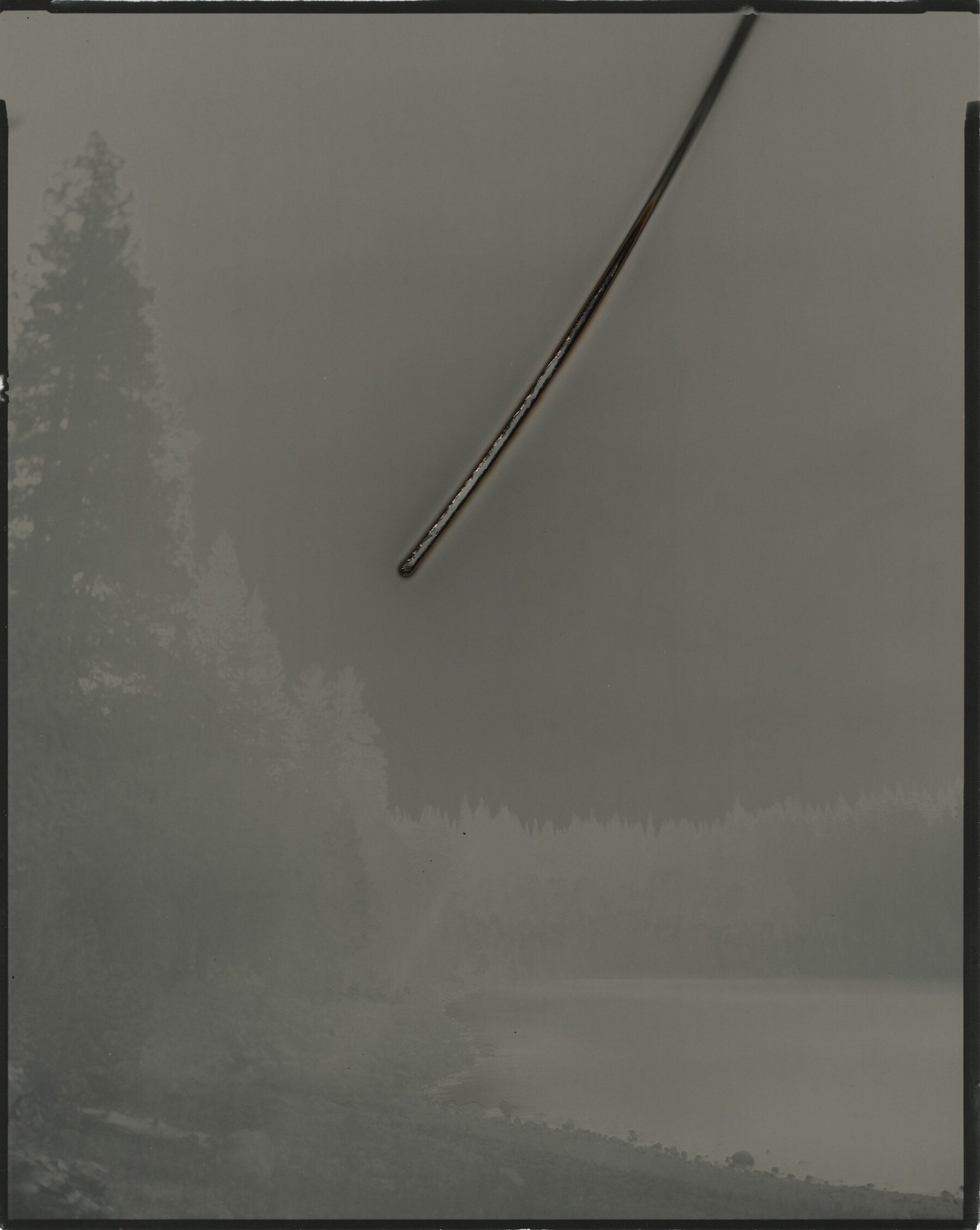
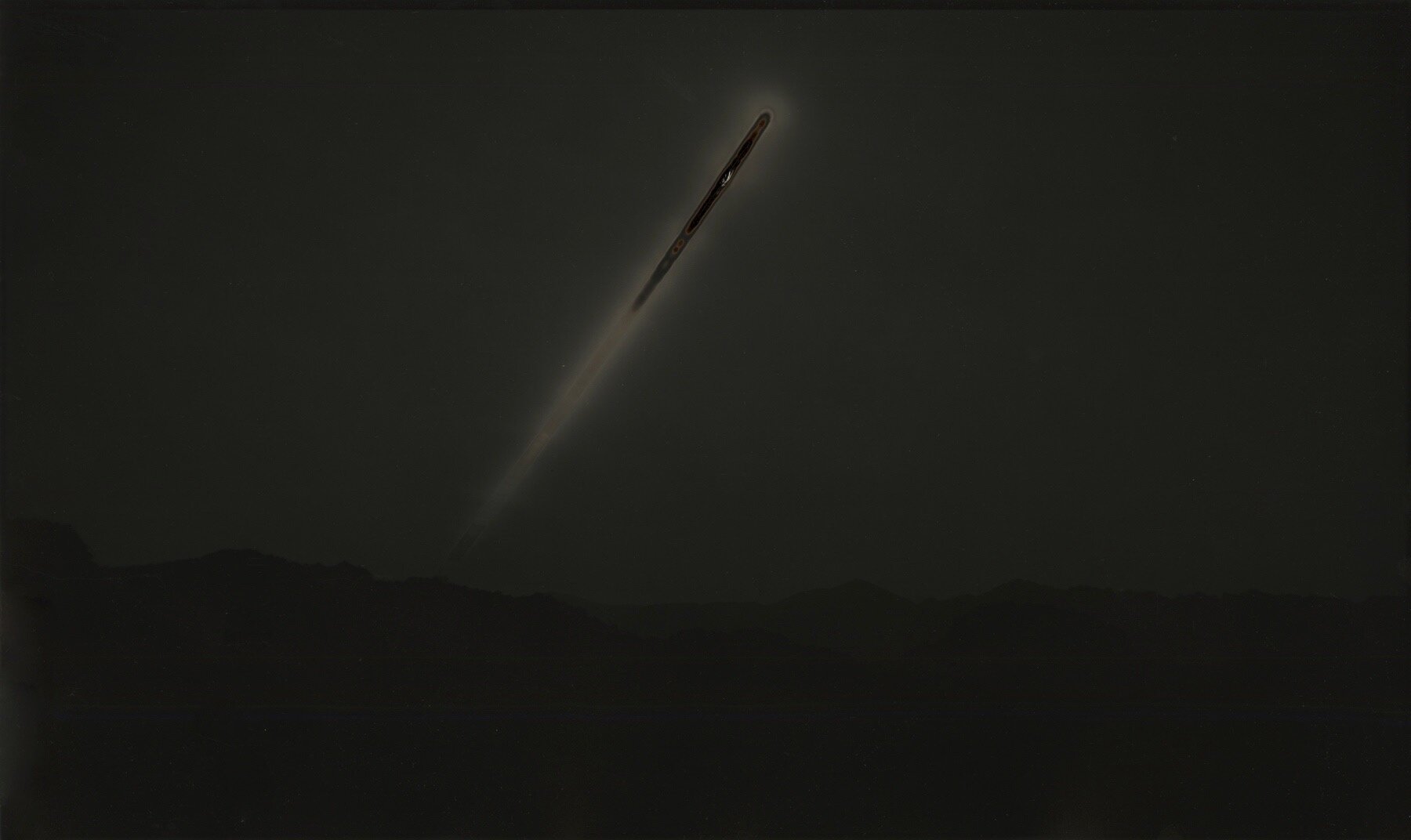
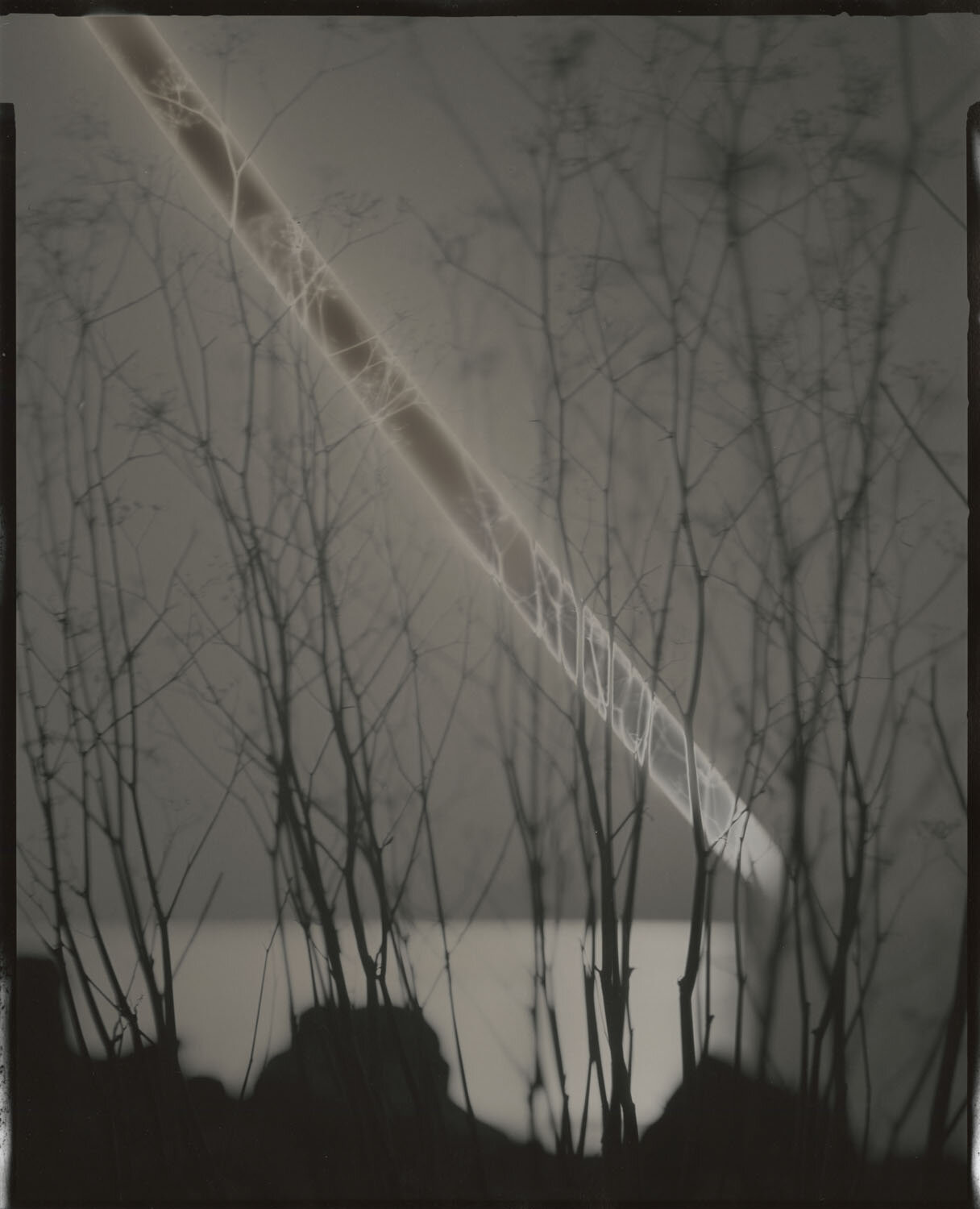
The Immediacy of the Burn
Video produced by the Getty Museum for their 2015 exhibit Light, Paper, Process: Reinventing Photography.
McCaw’s Sunburn Series is an unexpected display of landscapes and abstract markings on photographic paper. His intentional processes and choice of materials harness sunlight as a powerful, even destructive force. The signature burn of McCaw’s pieces, which many photographers would consider a flaw, was discovered by chance after leaving the camera shutter open too long. Now he intentionally seeks out this effect by placing single pieces of vintage gelatin silver paper in a customized camera, carefully choosing locations based on the angle and power of the sun at a particular time of year. With this information, he directs the timing, length and number of exposures to create other-worldly landscapes in collaboration with the sun.
“The resulting negative literally has a burnt hole in it with the landscape in complete reversal. The subject of the photograph (the sun) has transcended the idea that a photograph is simply a representation of reality and has physically come through the lens and put its hand onto the final piece. This is a process of creation and destruction, all happening within the camera.”
Chris McCaw studied at De Anza College in Cupertino, CA and received his BFA from the Academy of Art in San Francisco. His work is in the collections of the San Francisco Museum of Modern Art, the Whitney Museum of American Art, NY, the National Gallery of Art and the Smithsonian American Art Museum in Washington DC, the Victoria and Albert Museum, London, the Los Angeles County Museum of Art, and the J. Paul Getty Museum, Los Angeles, among many others.
The Curator's Corner
Image + Object is generously supported by the Town of Los Gatos. Additional support is provided by NUMU Circle members and Annual Fund donors.
